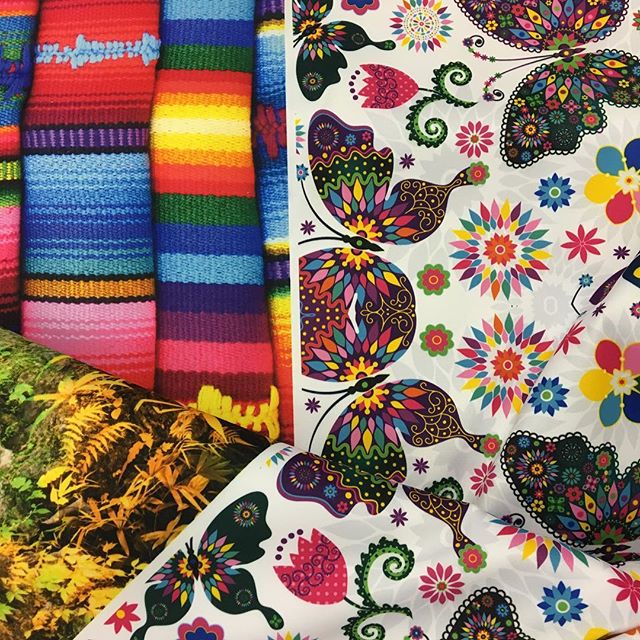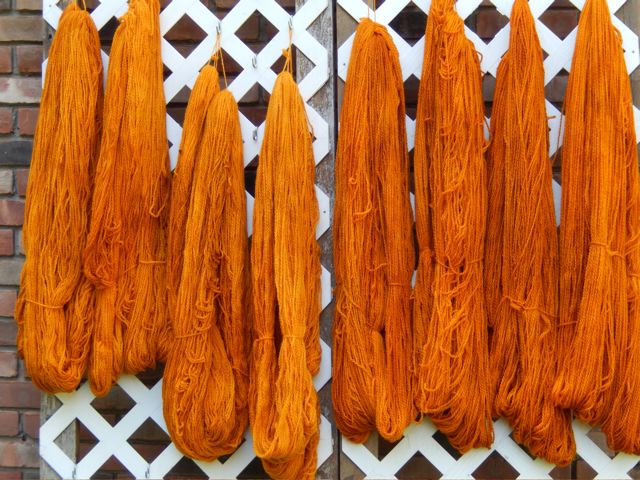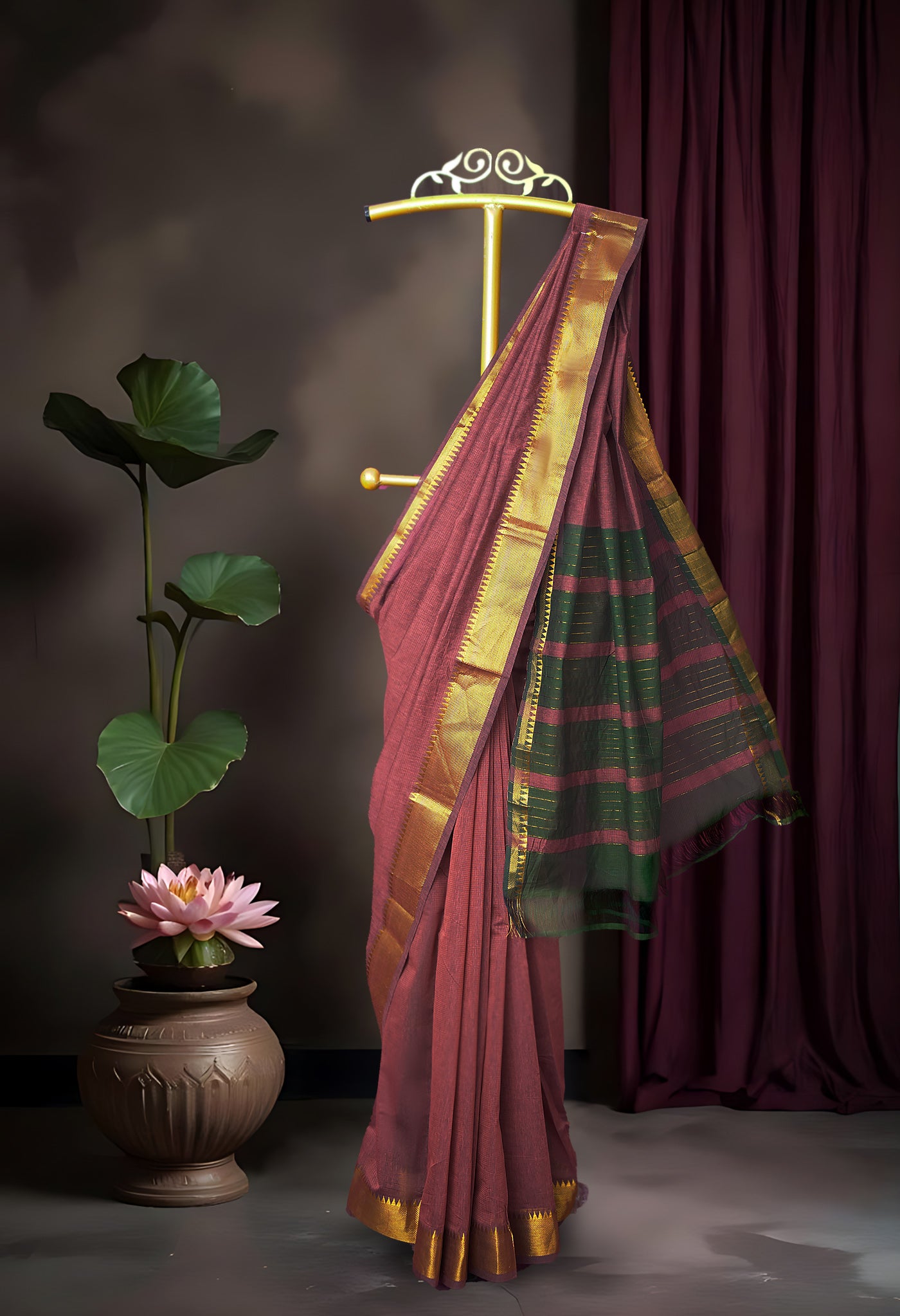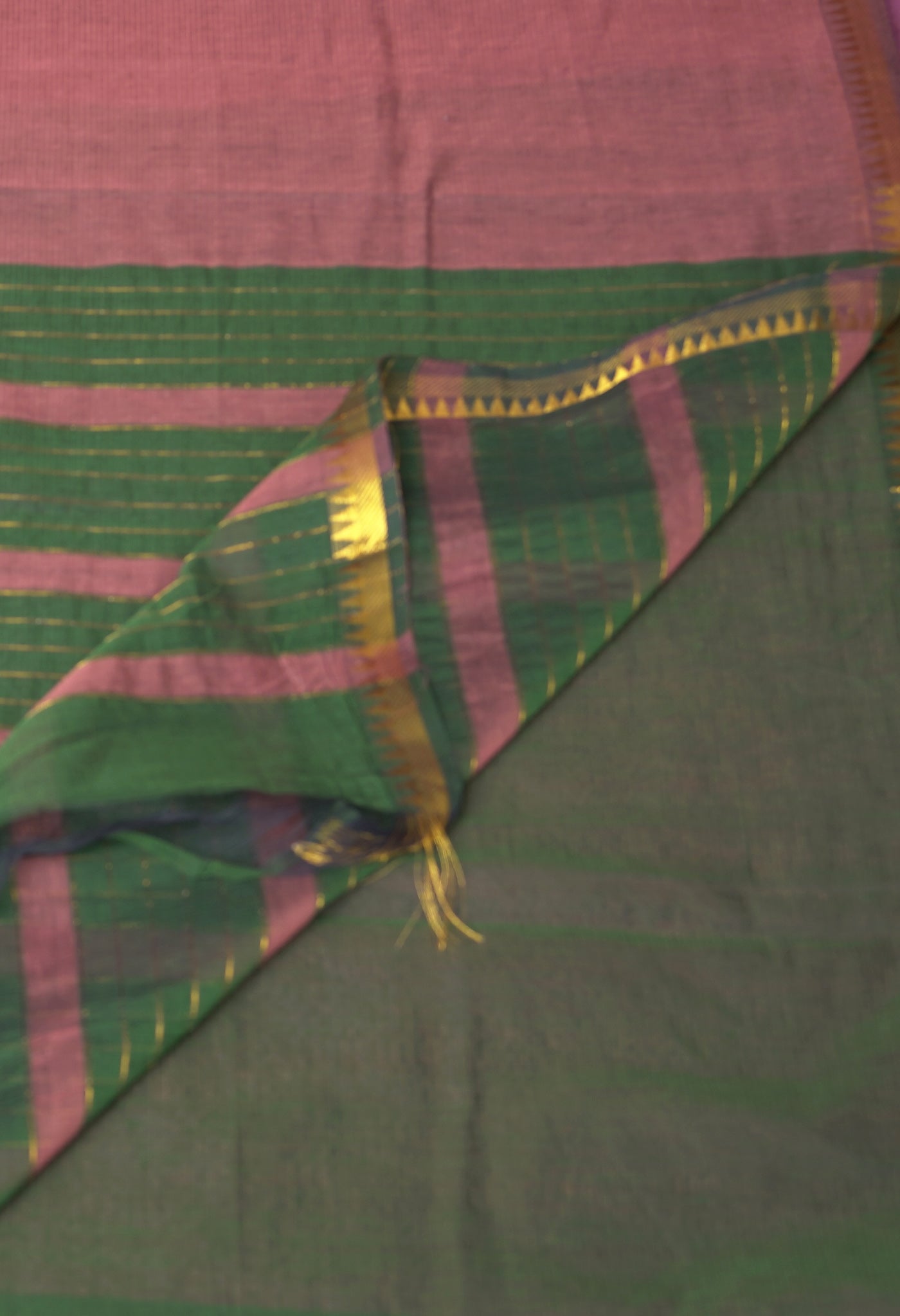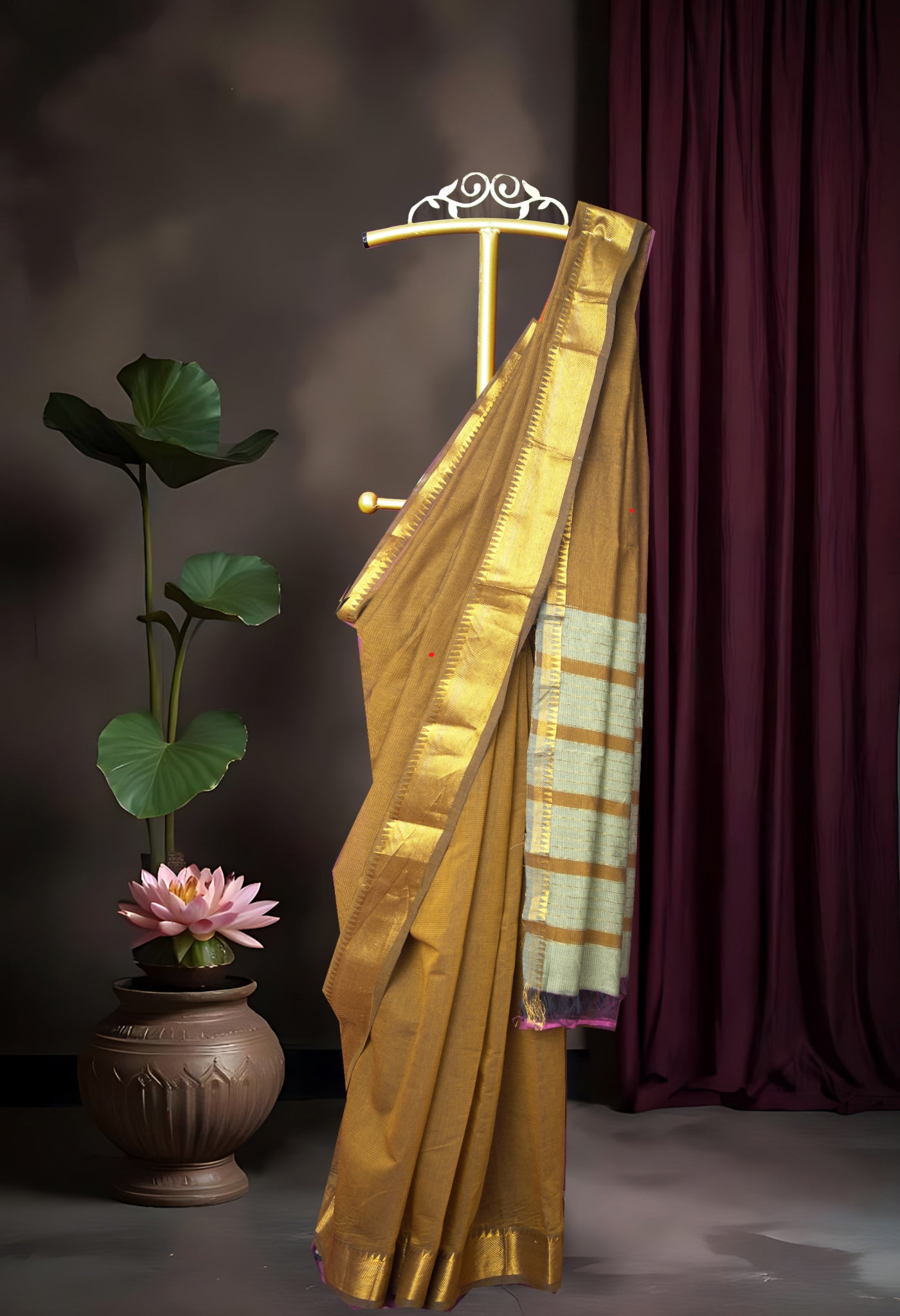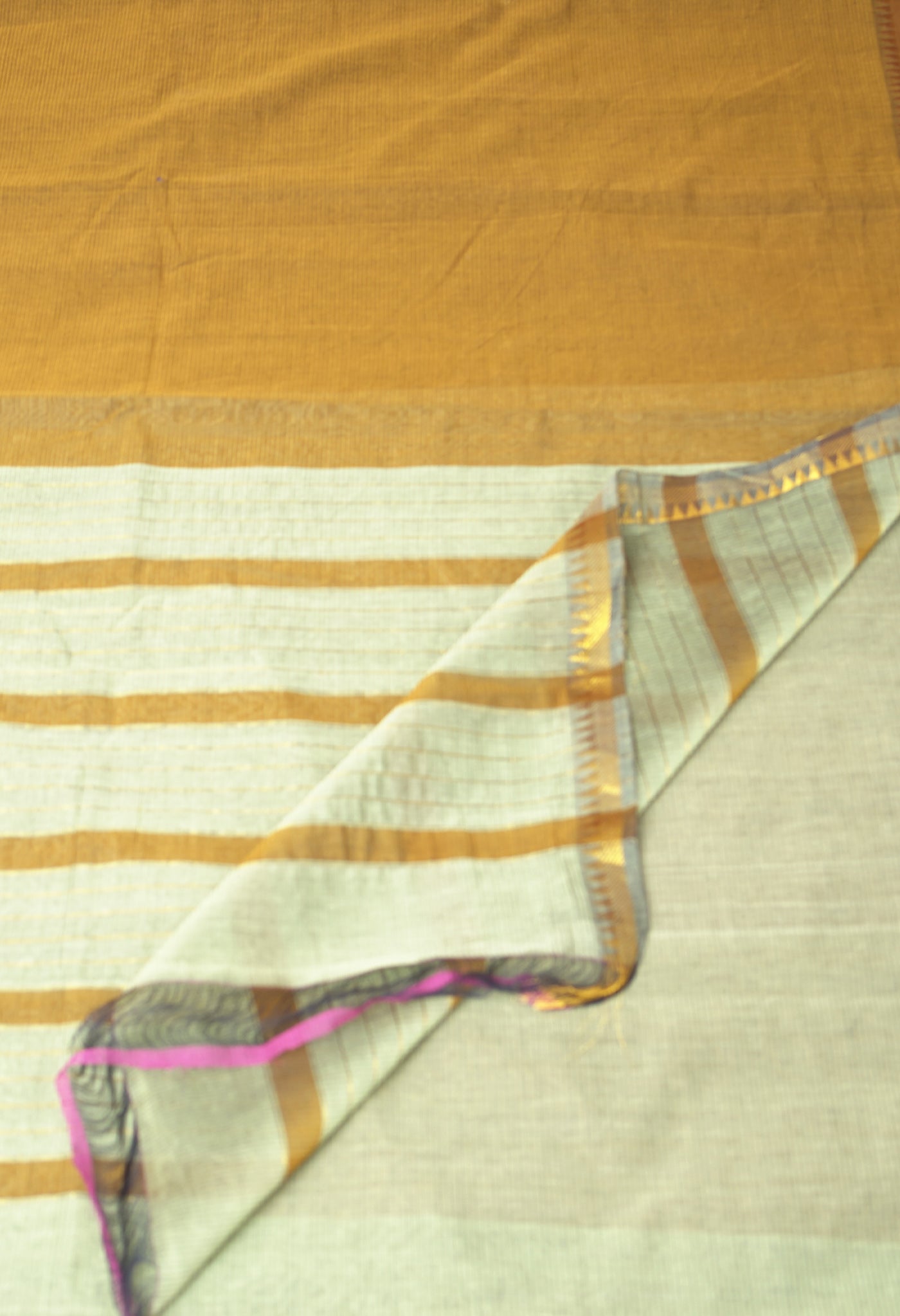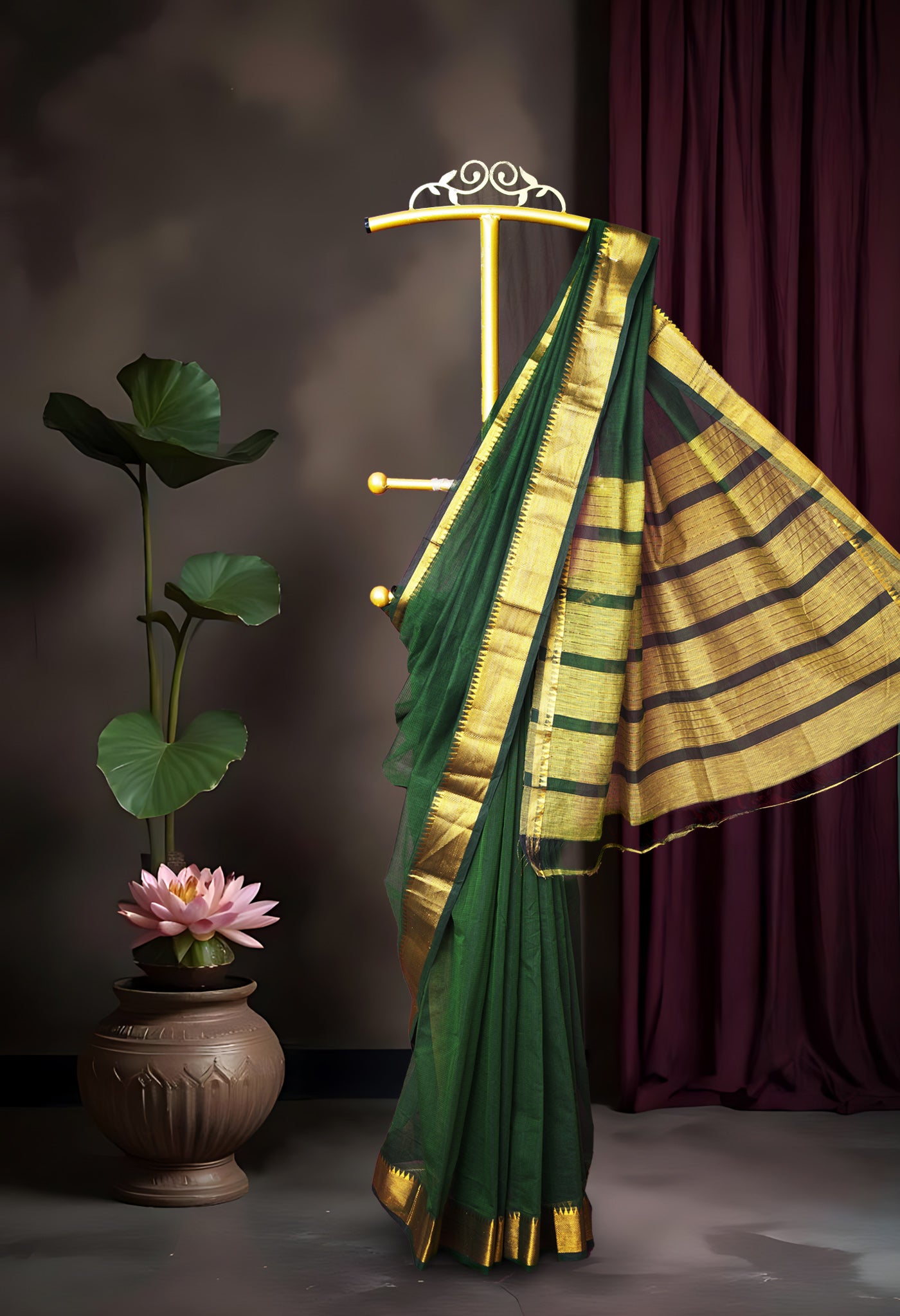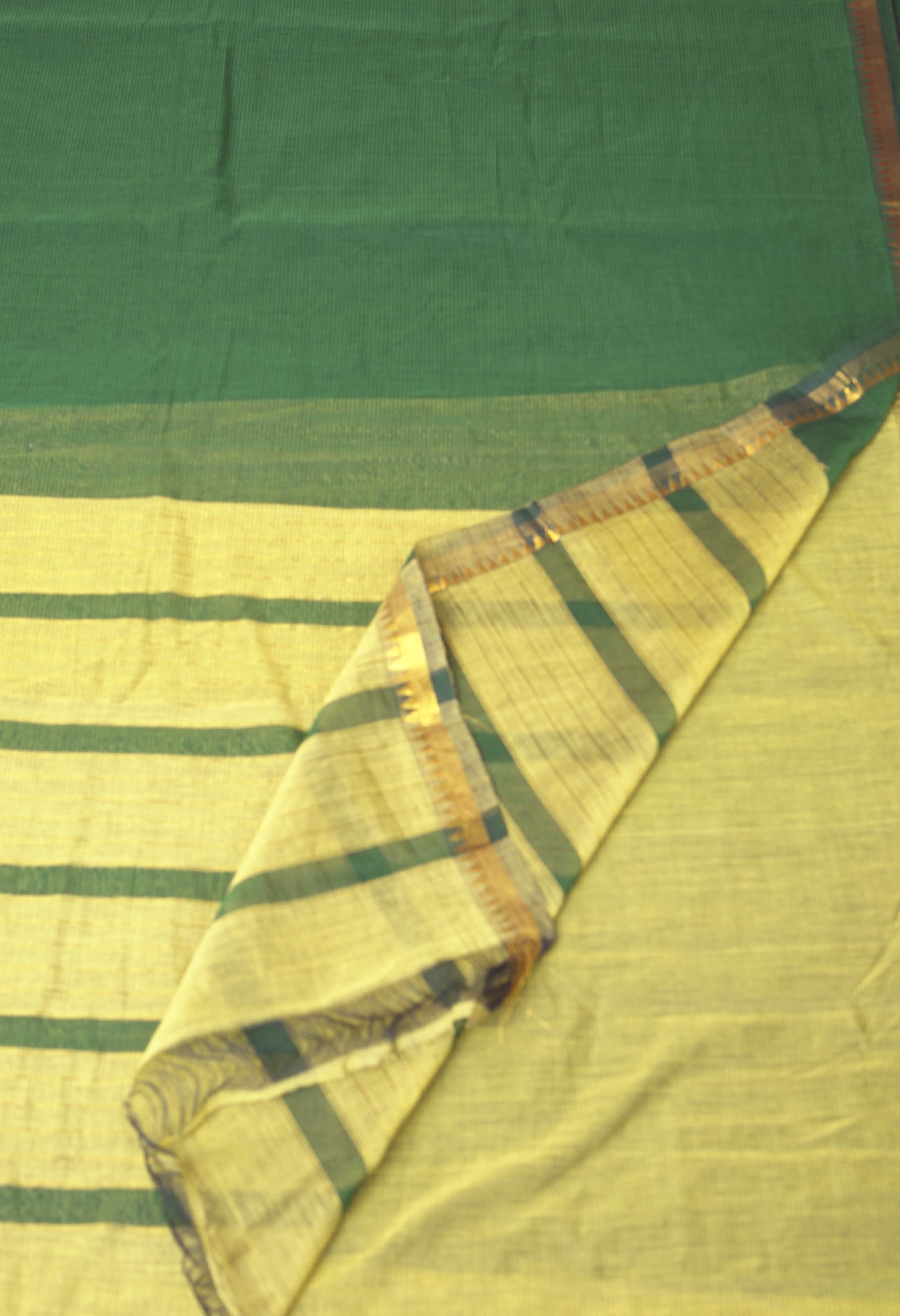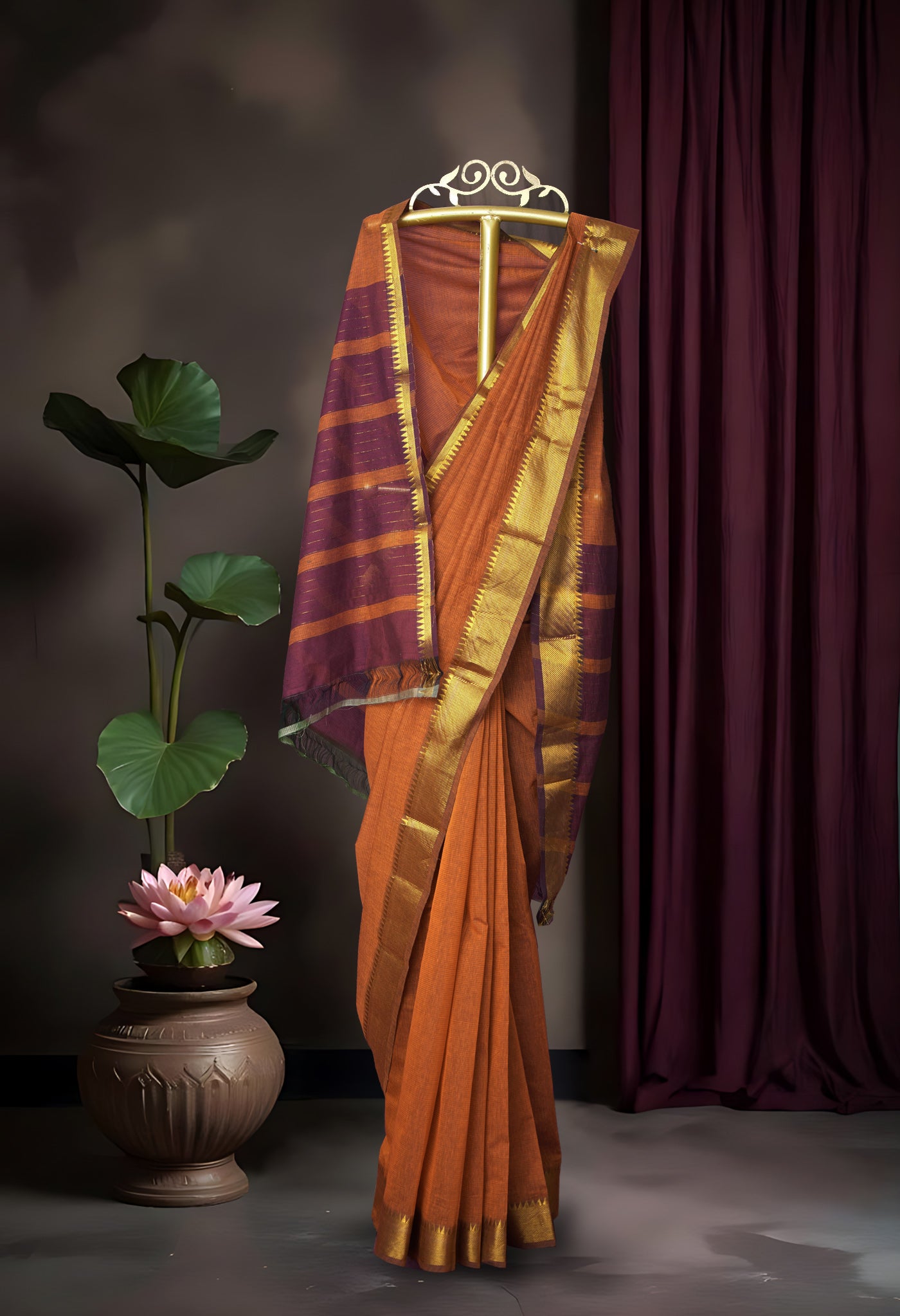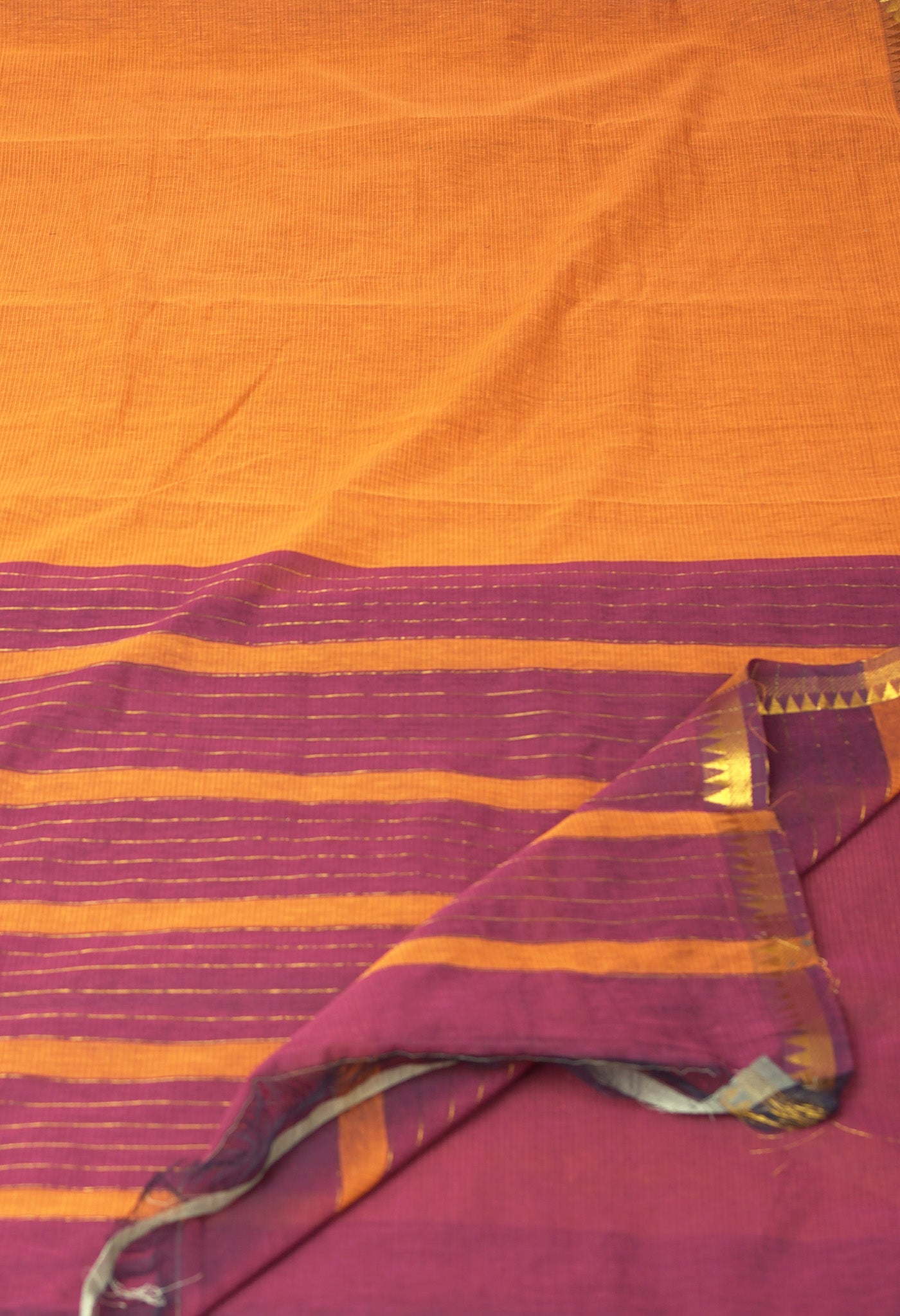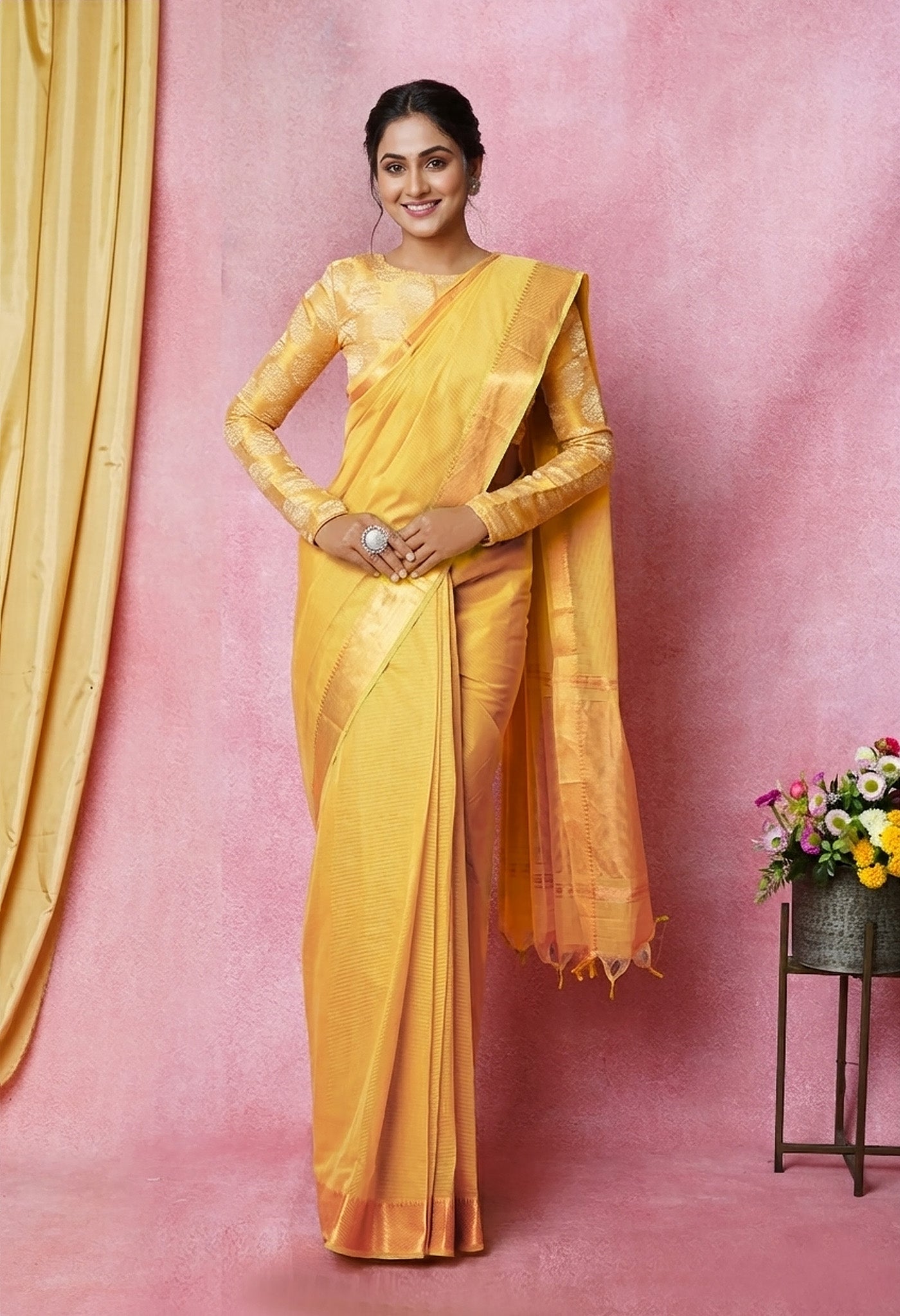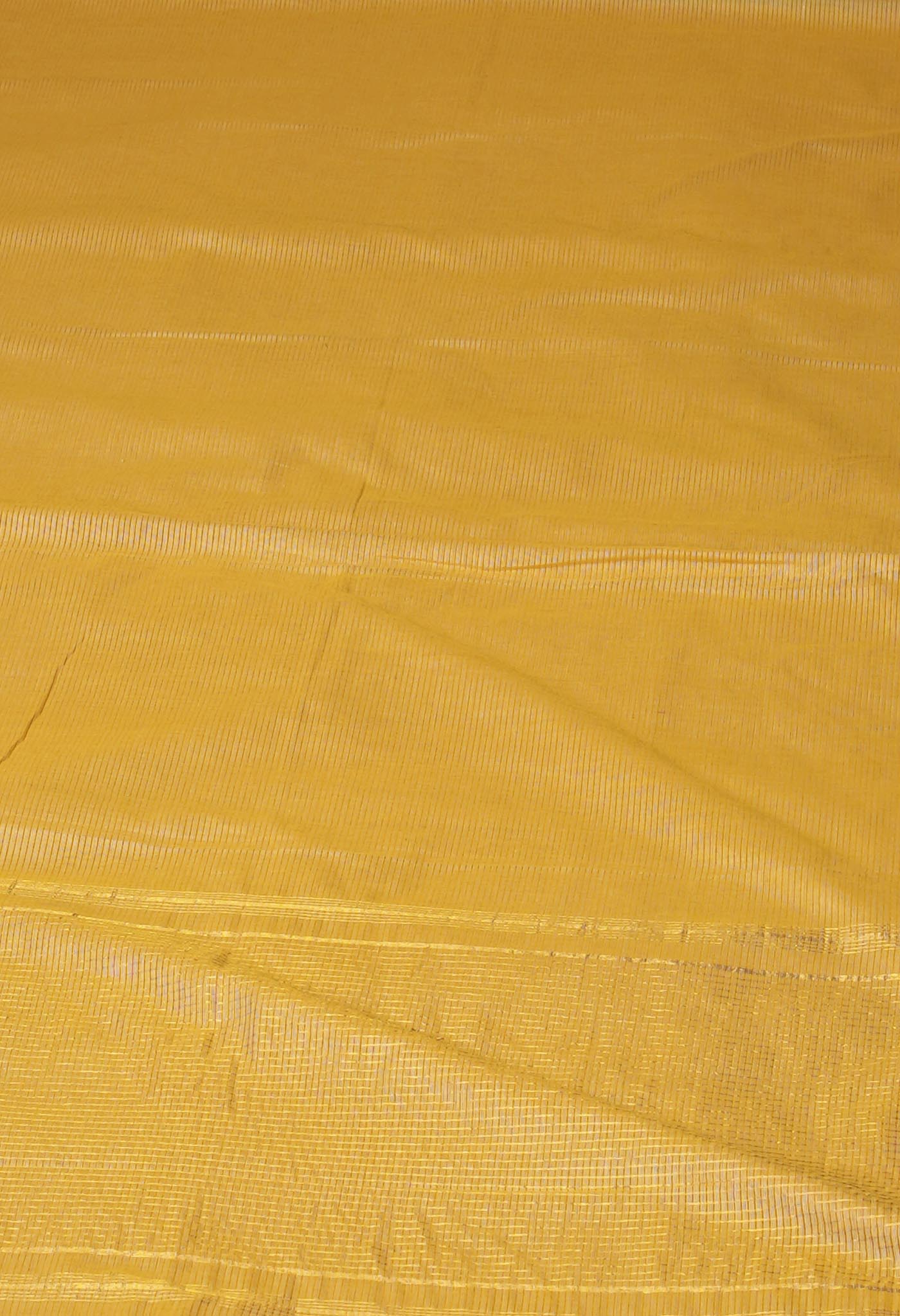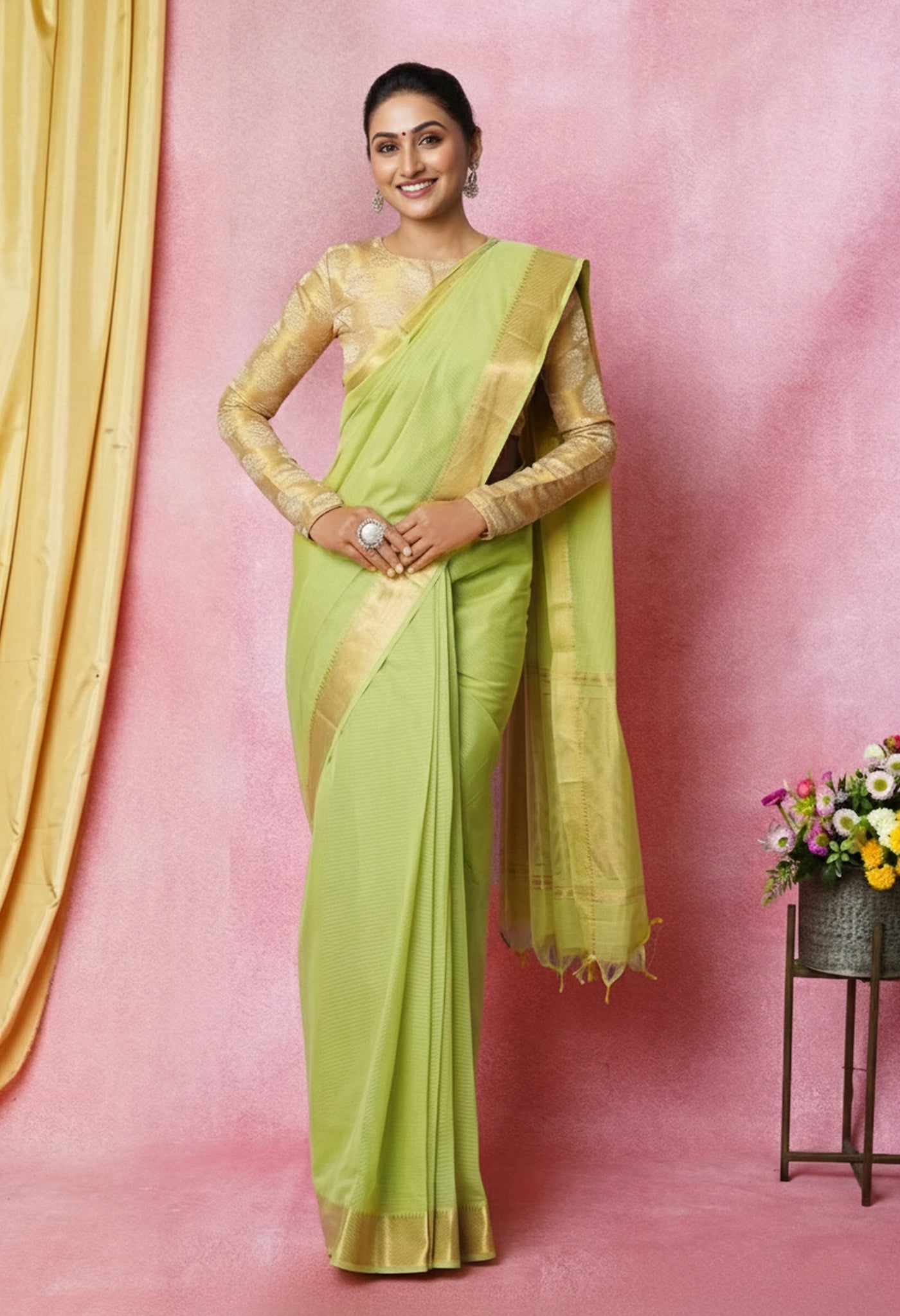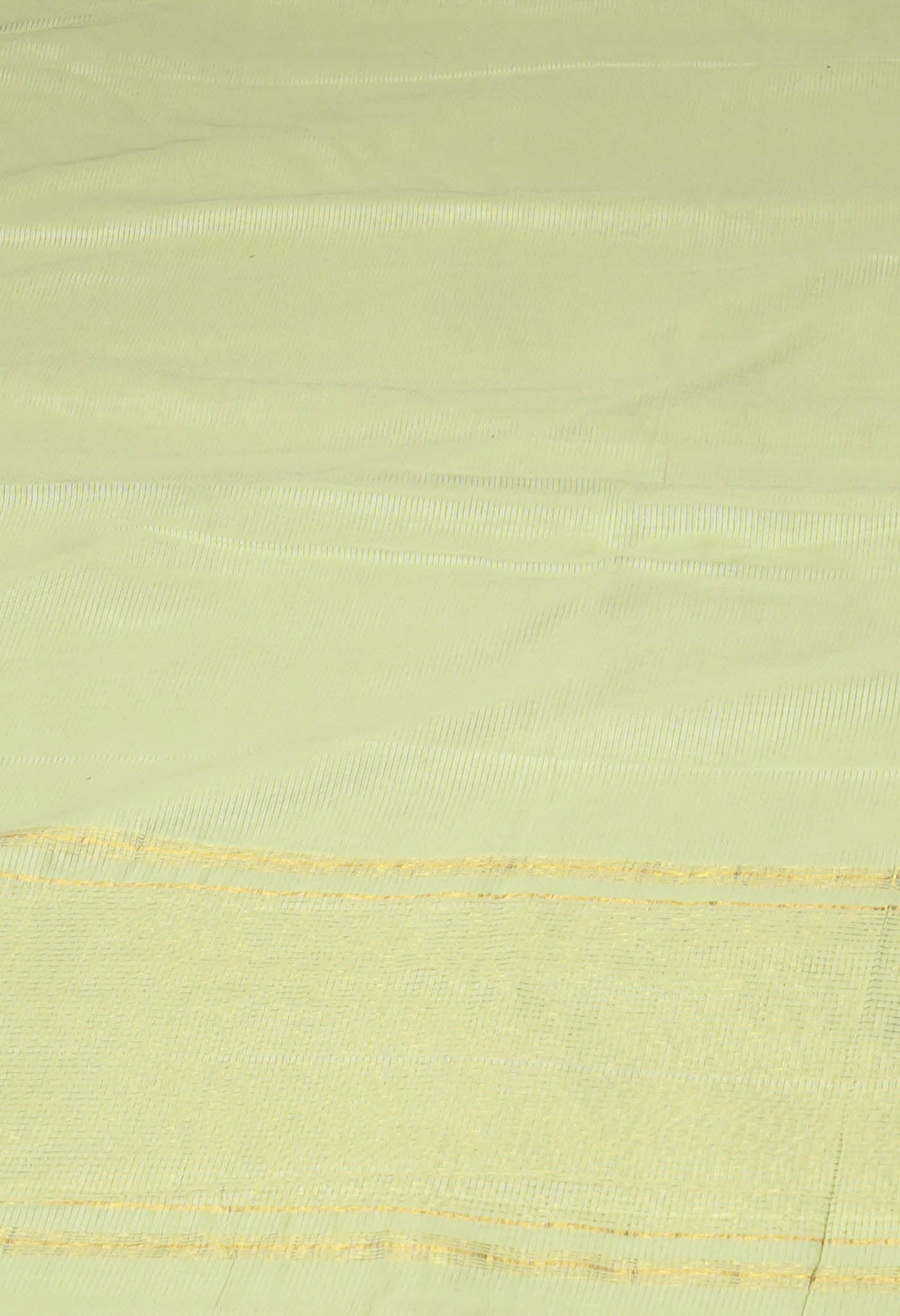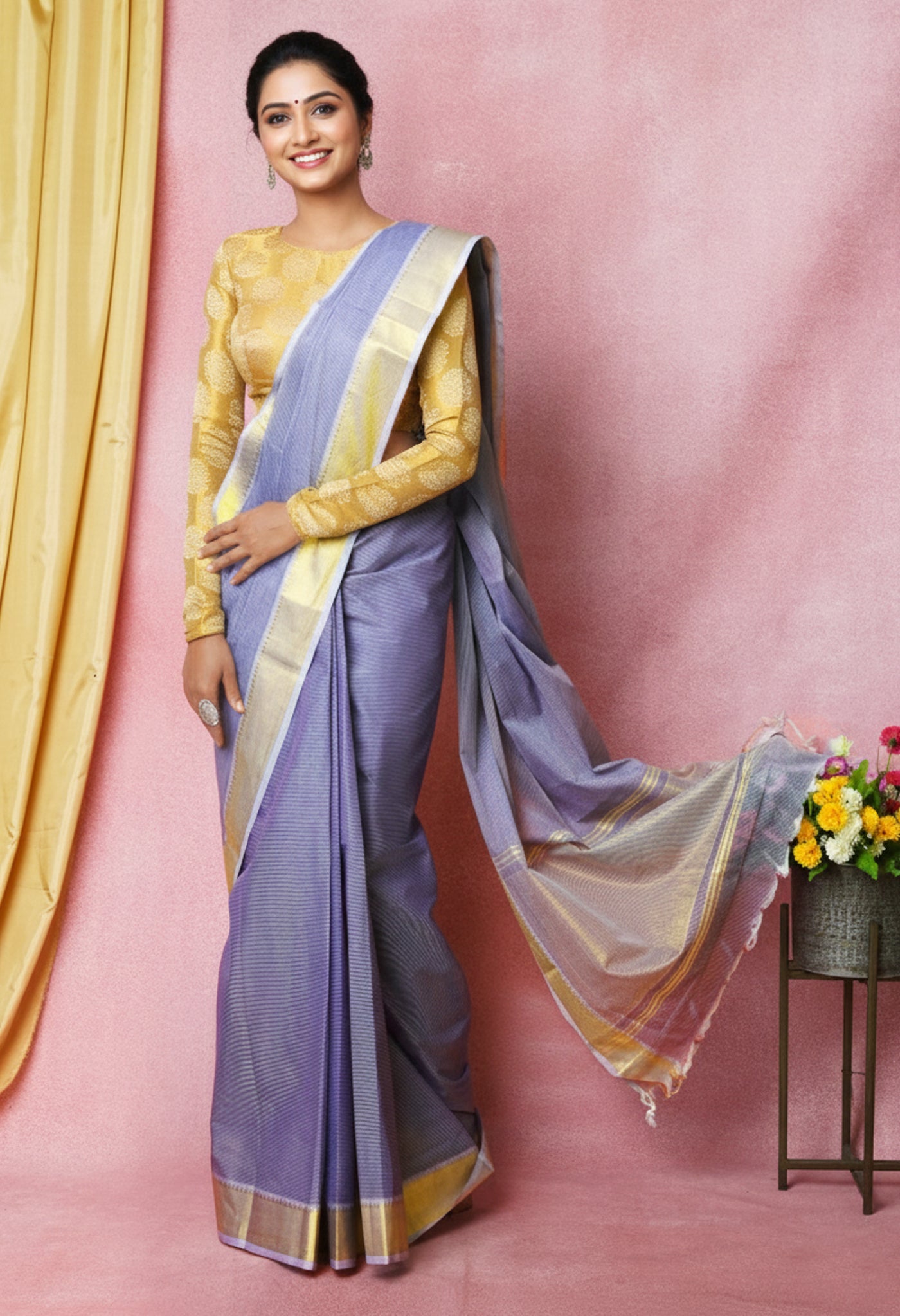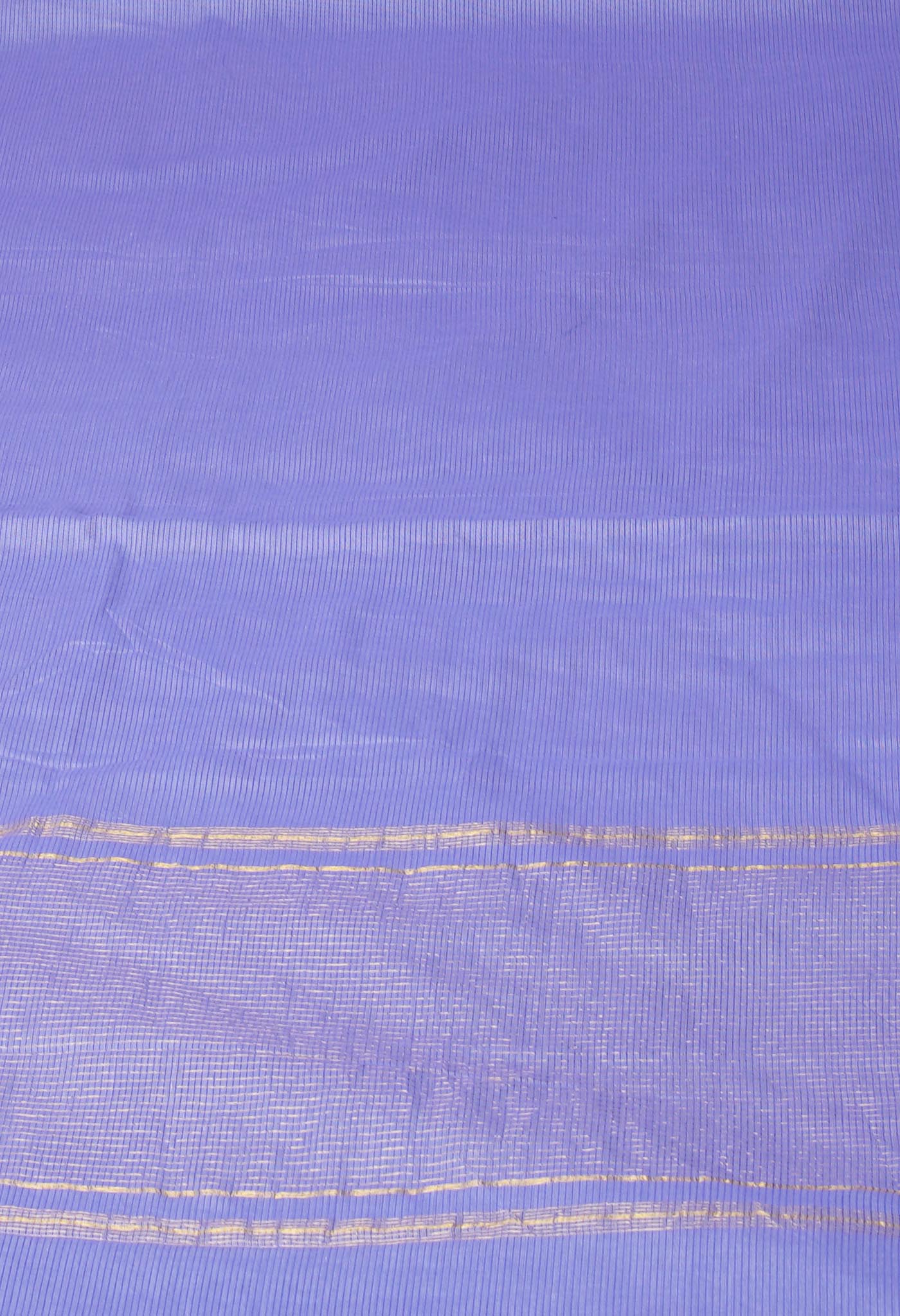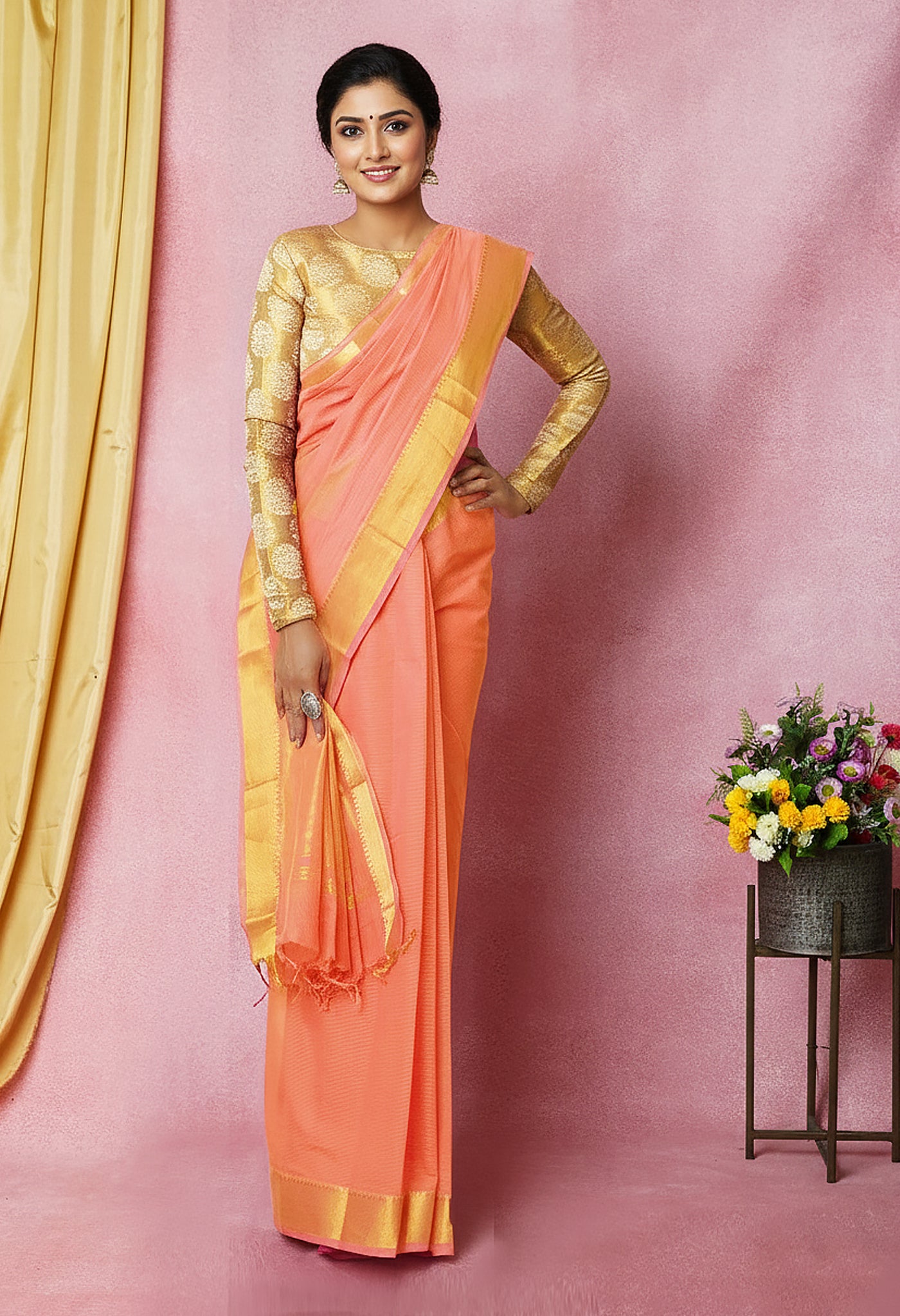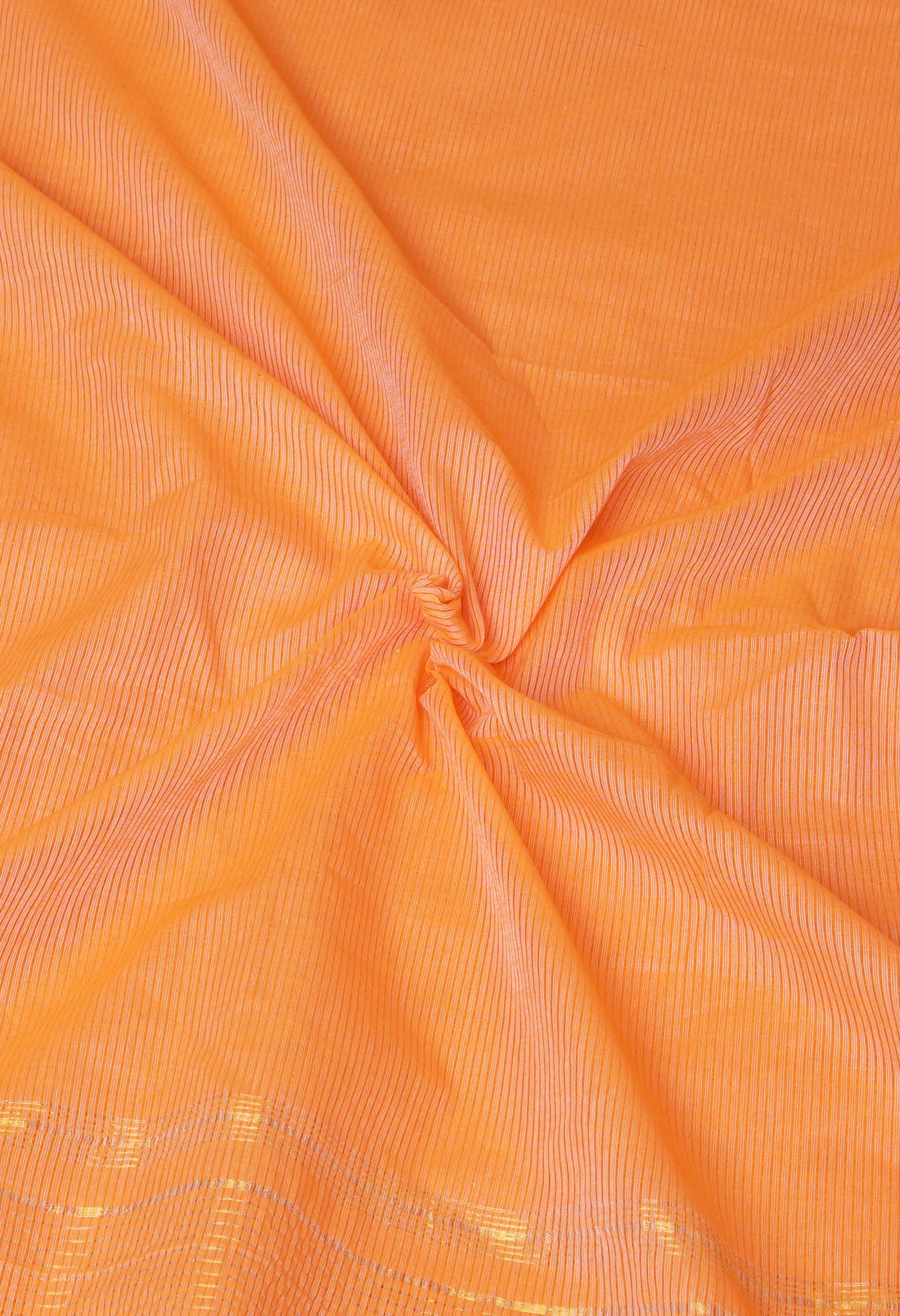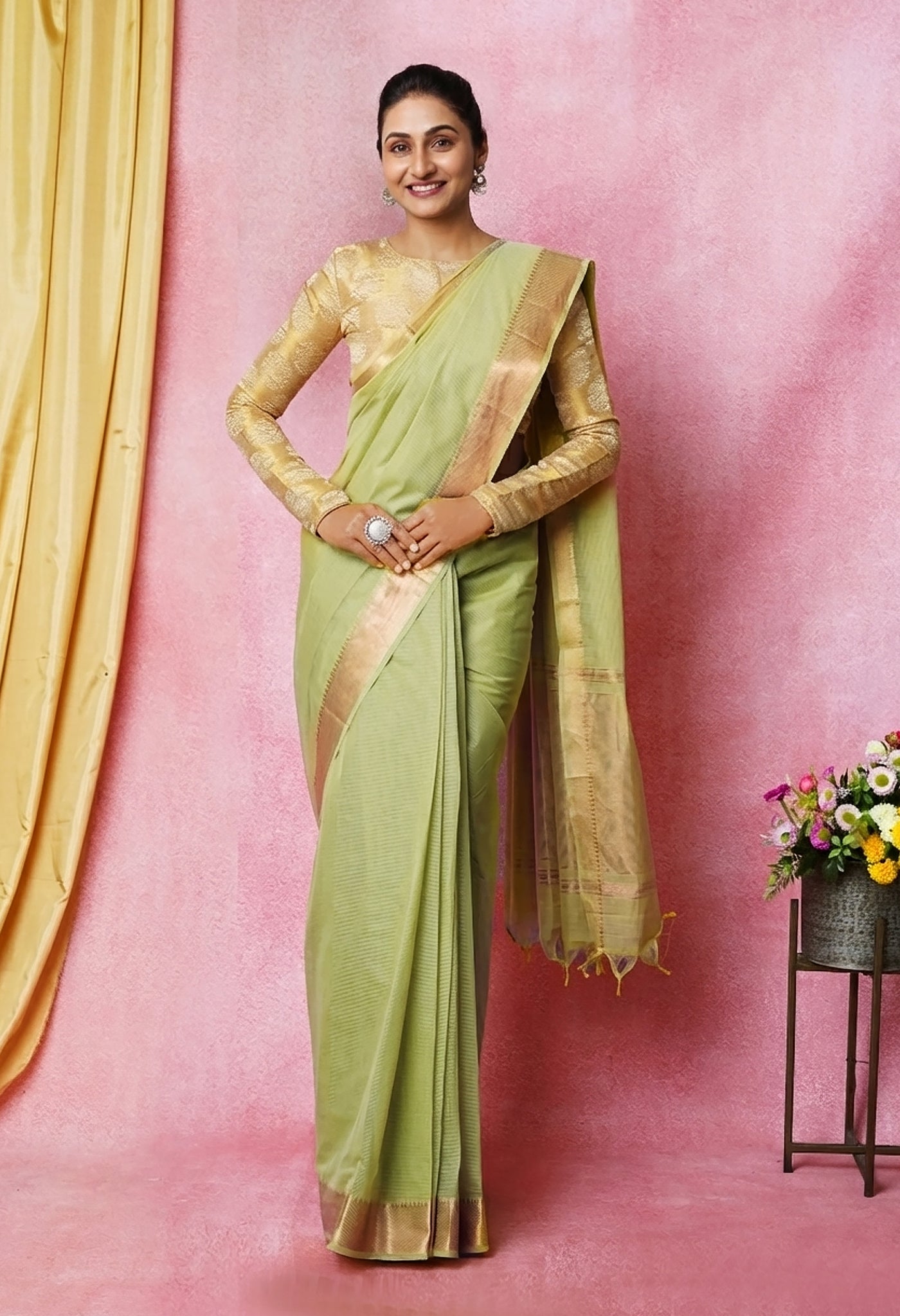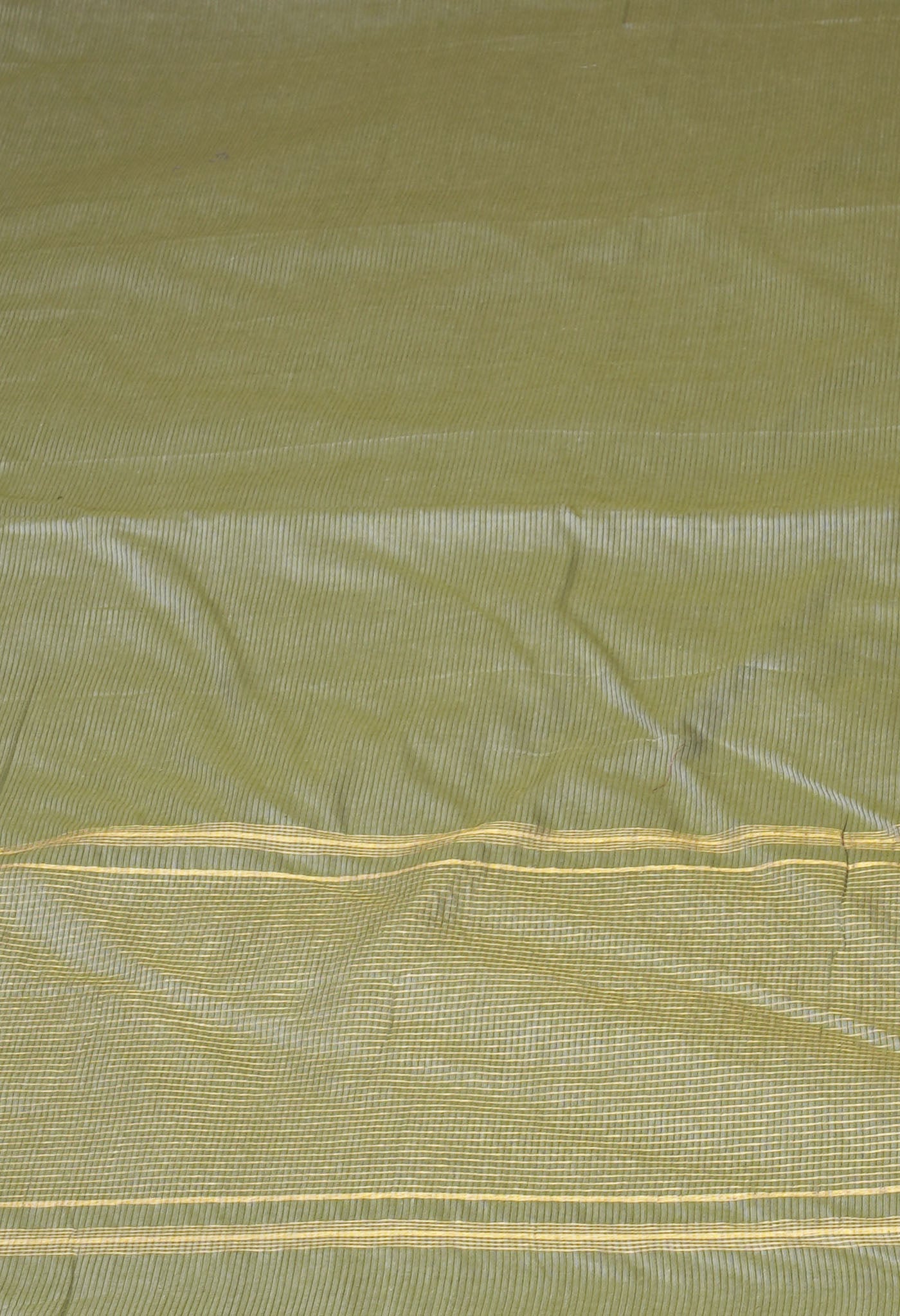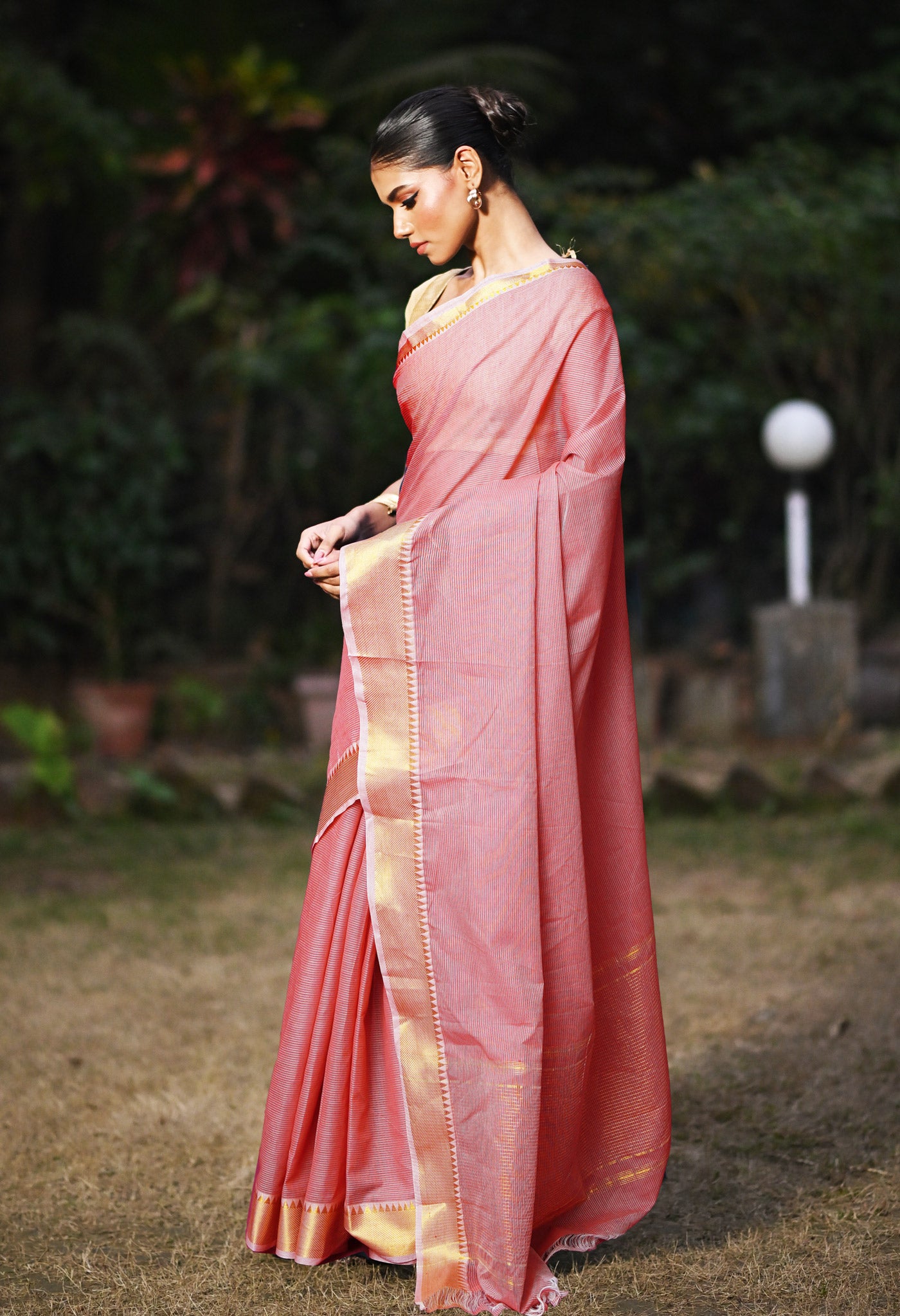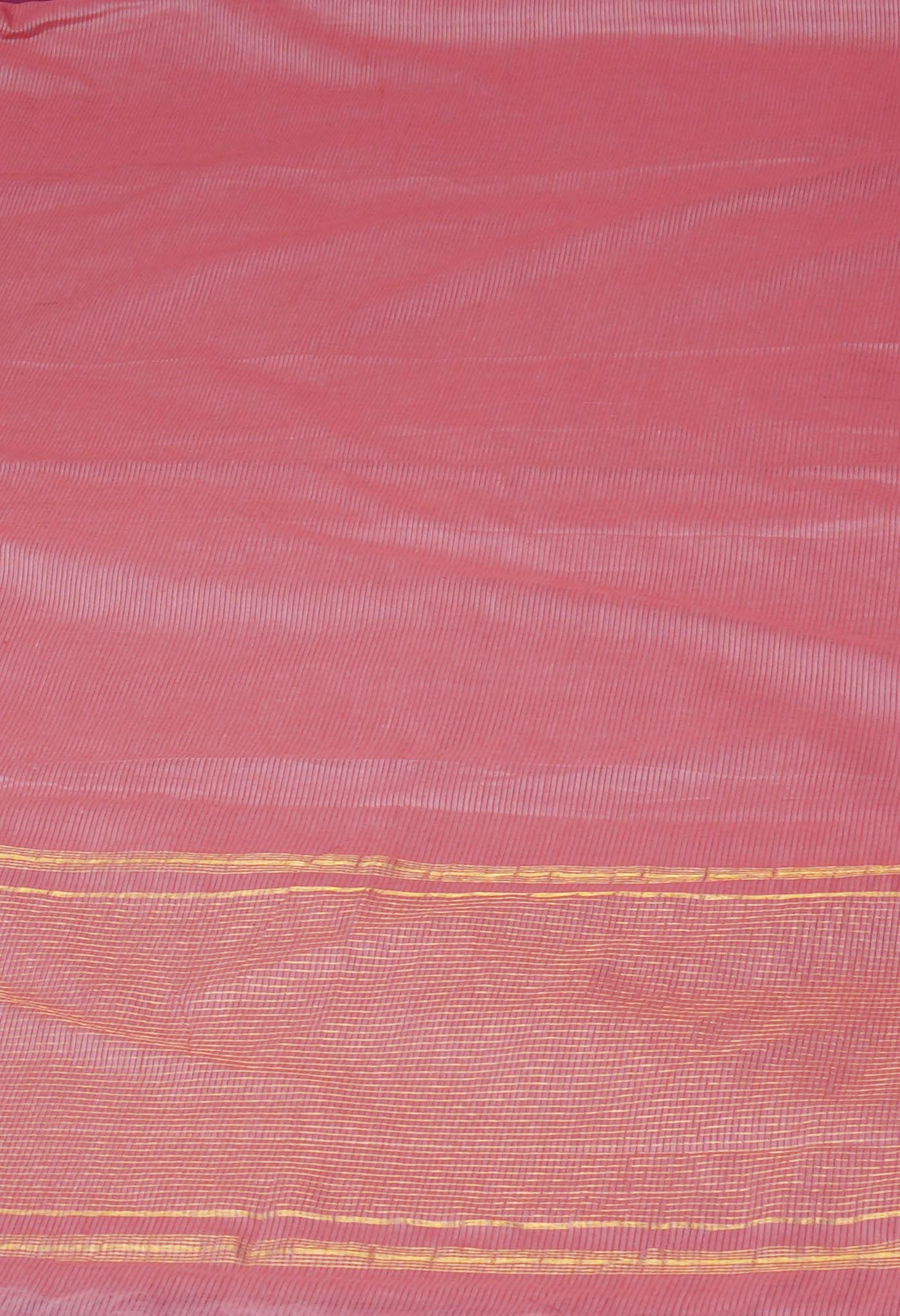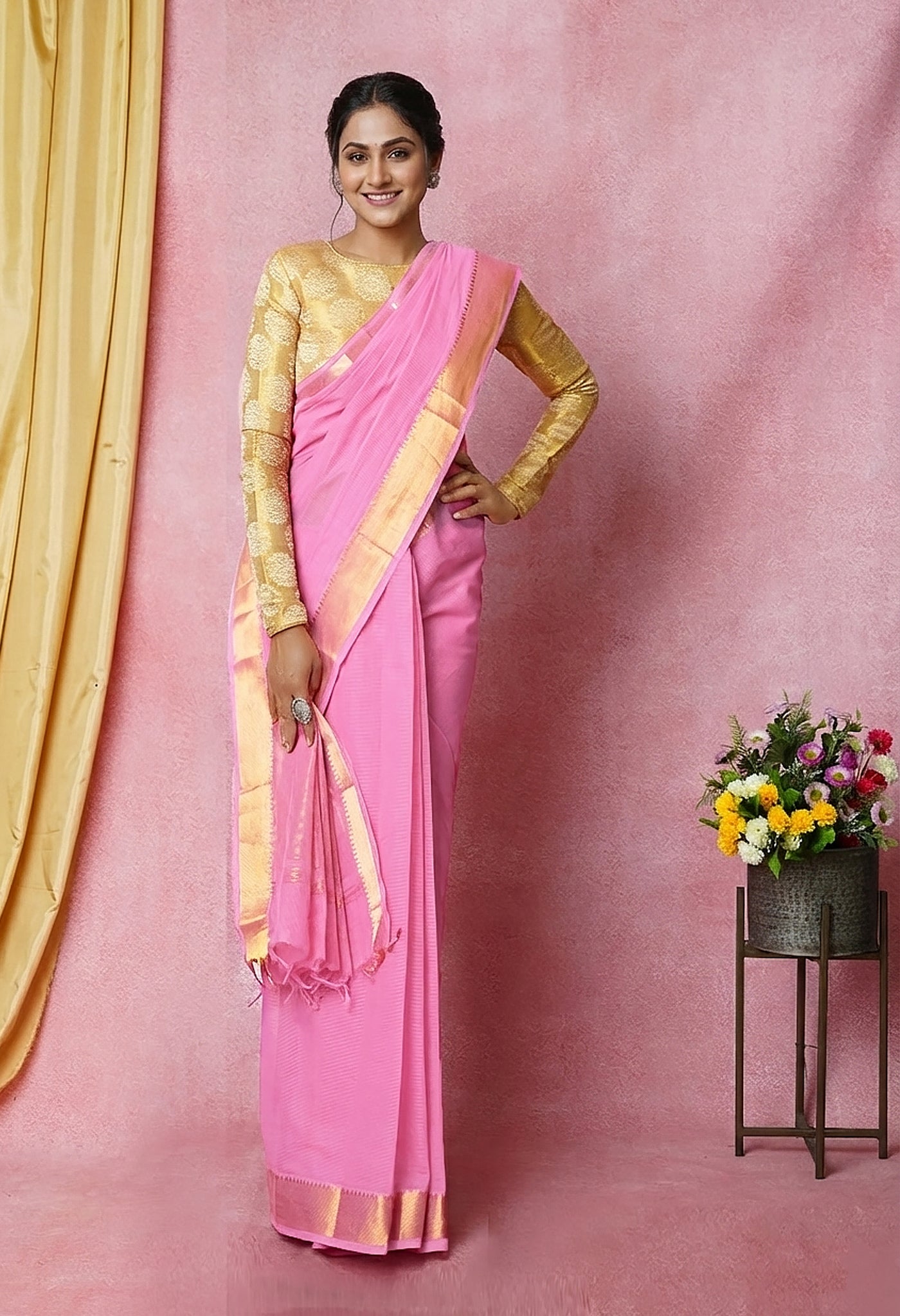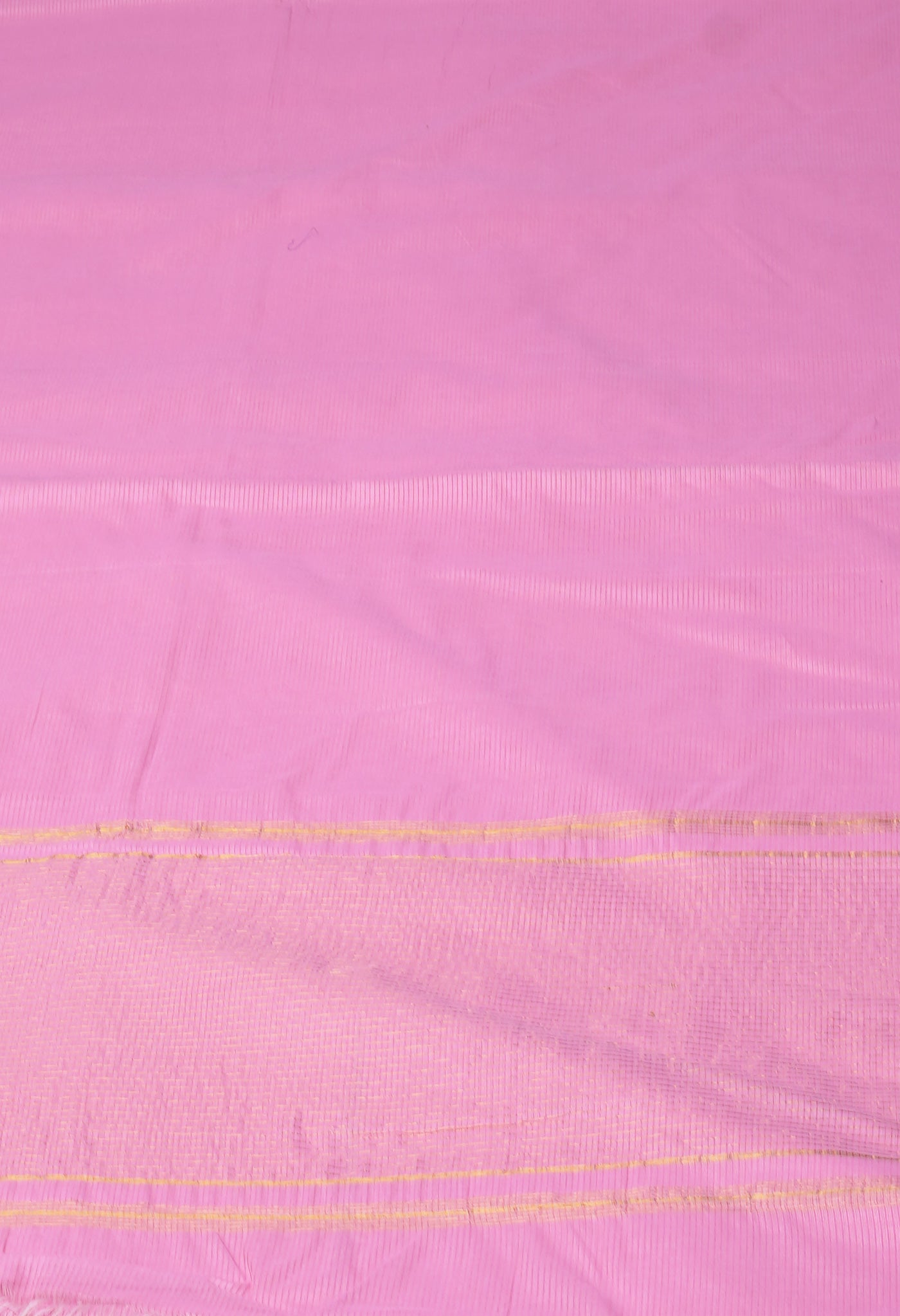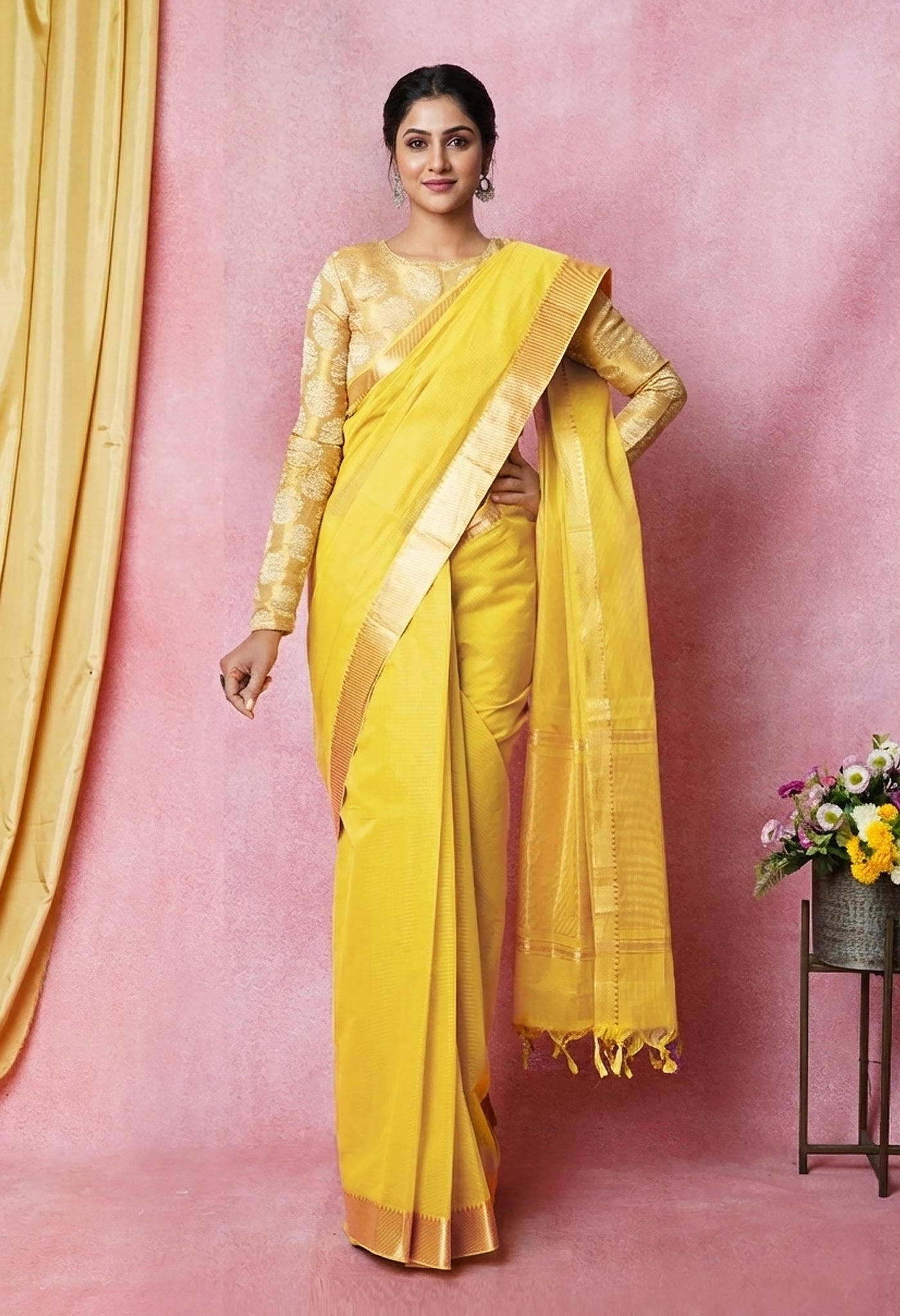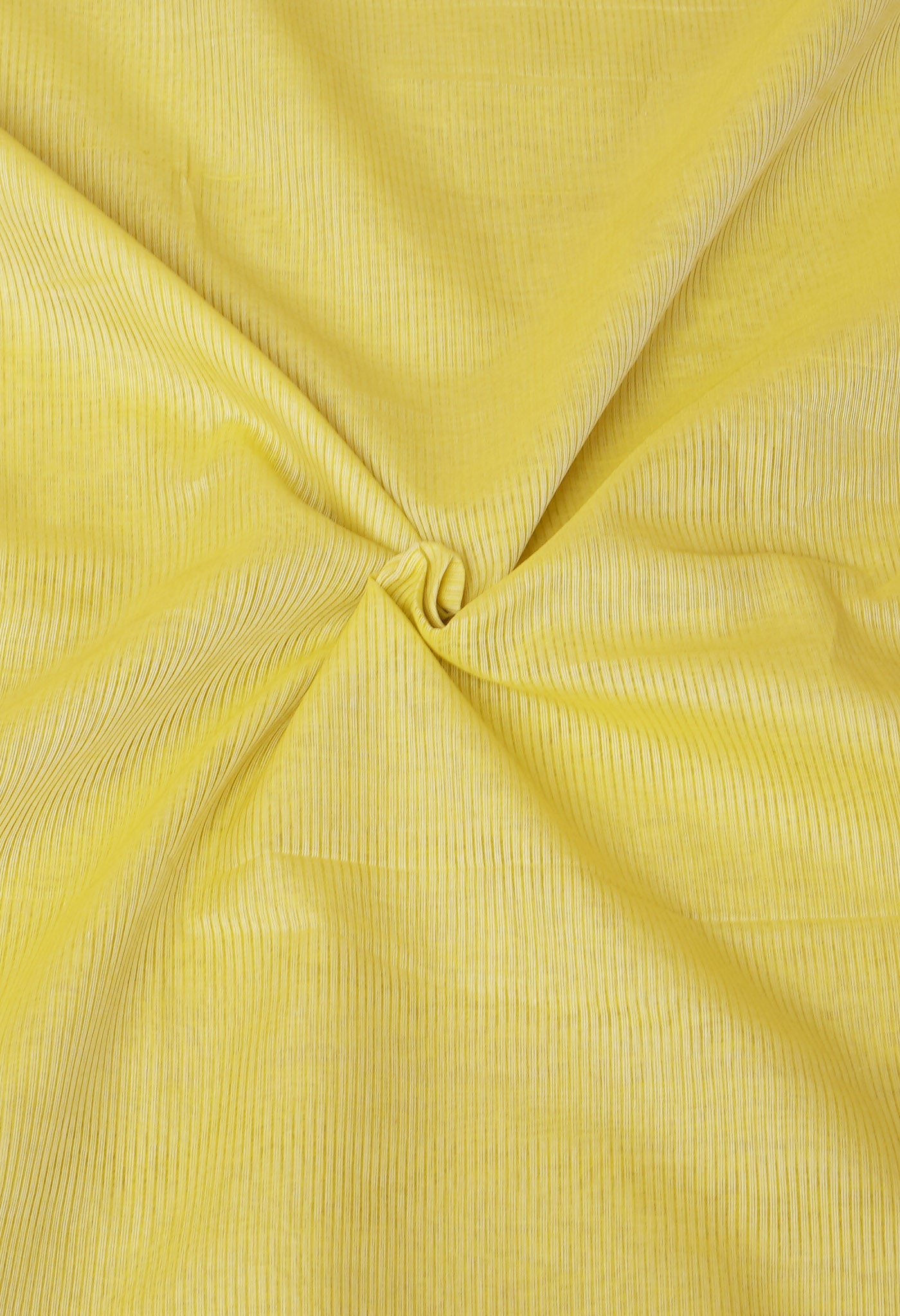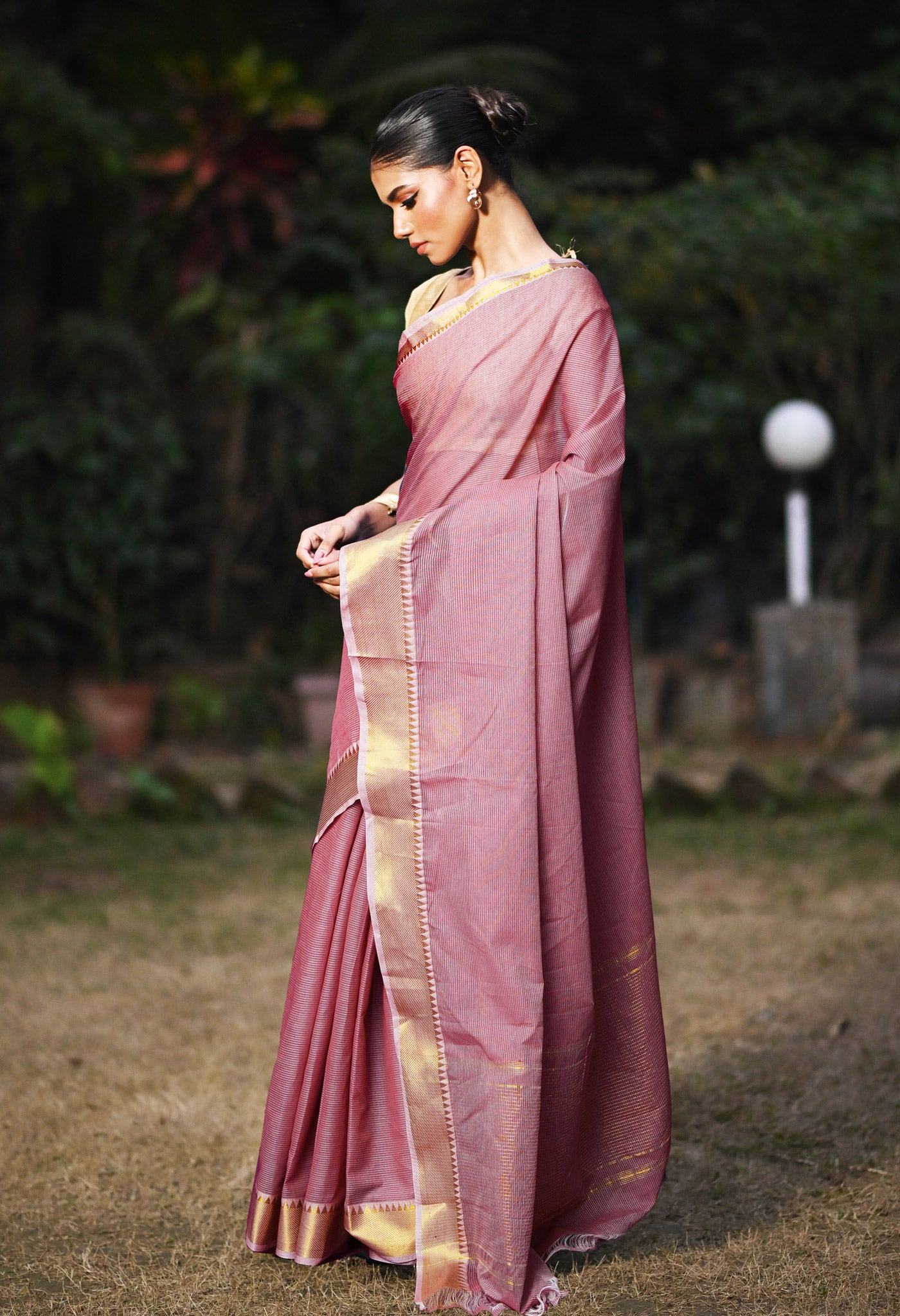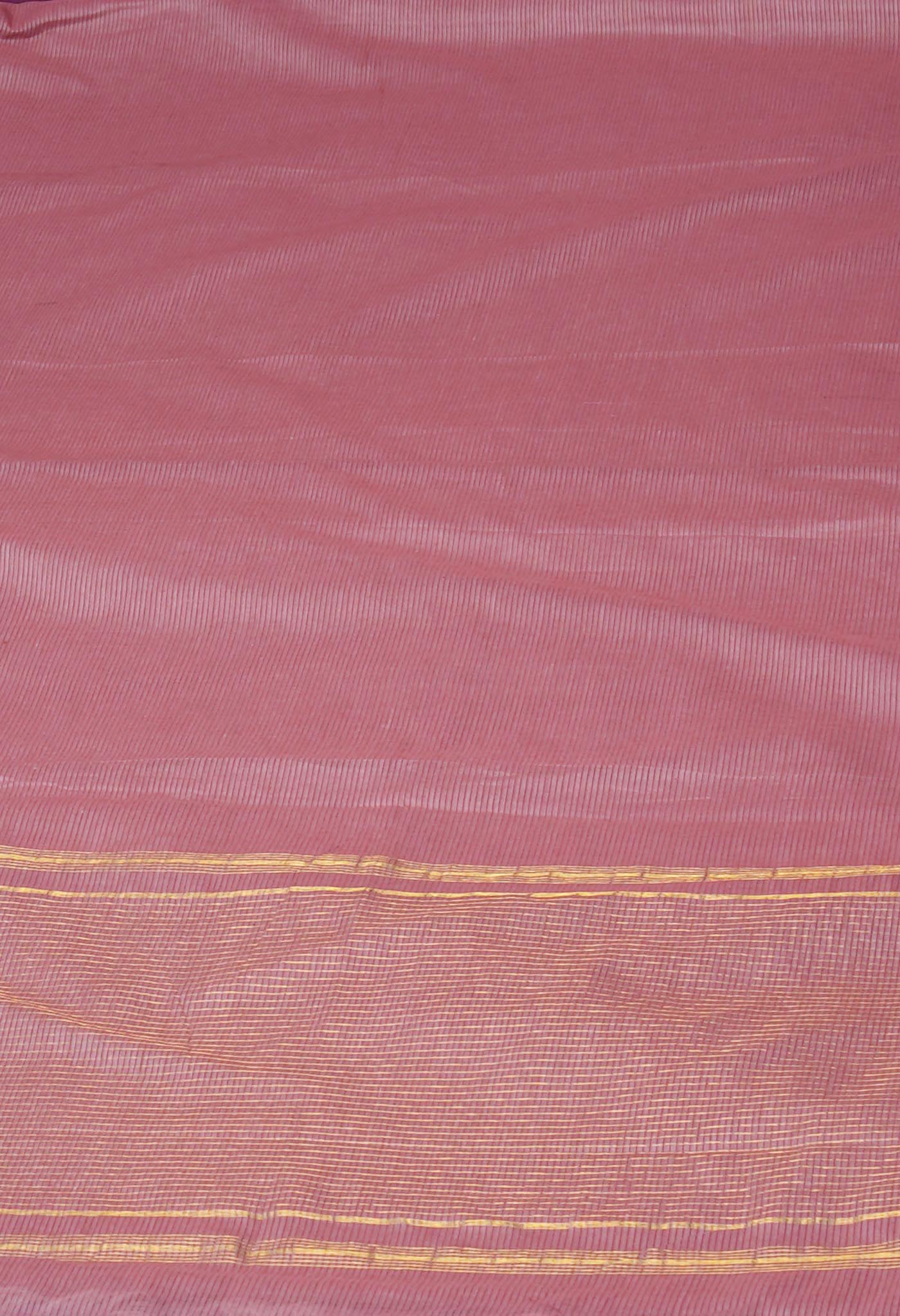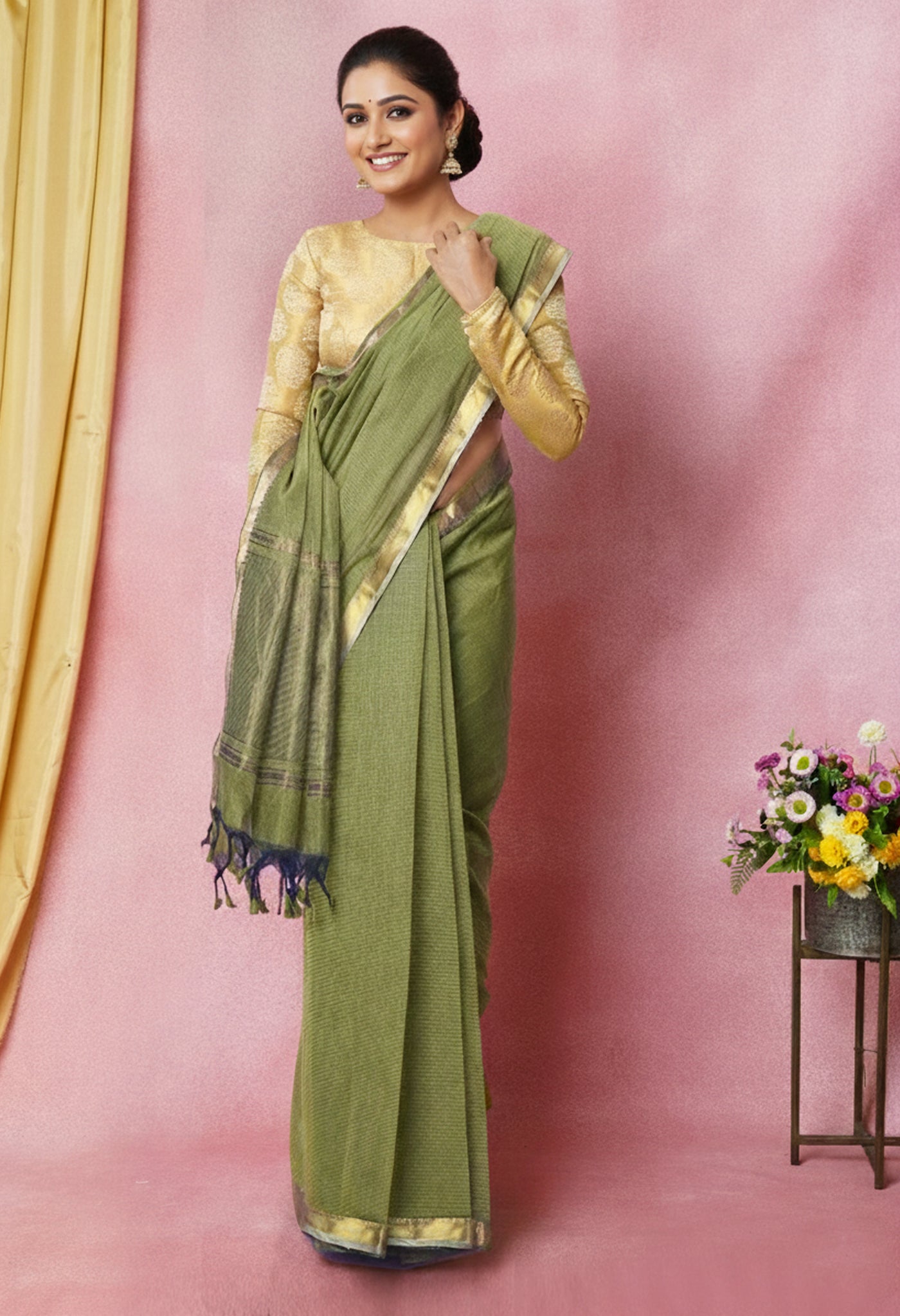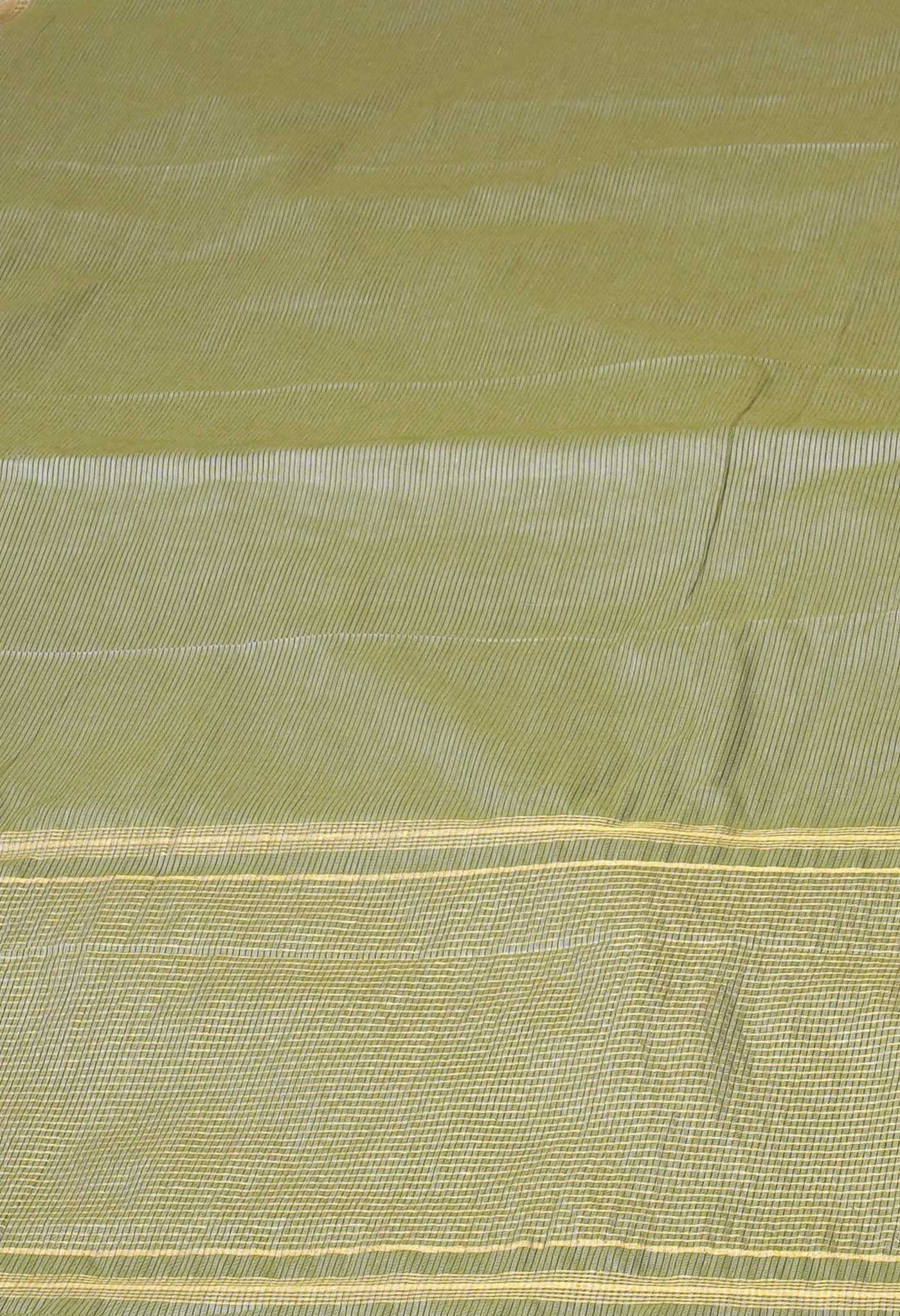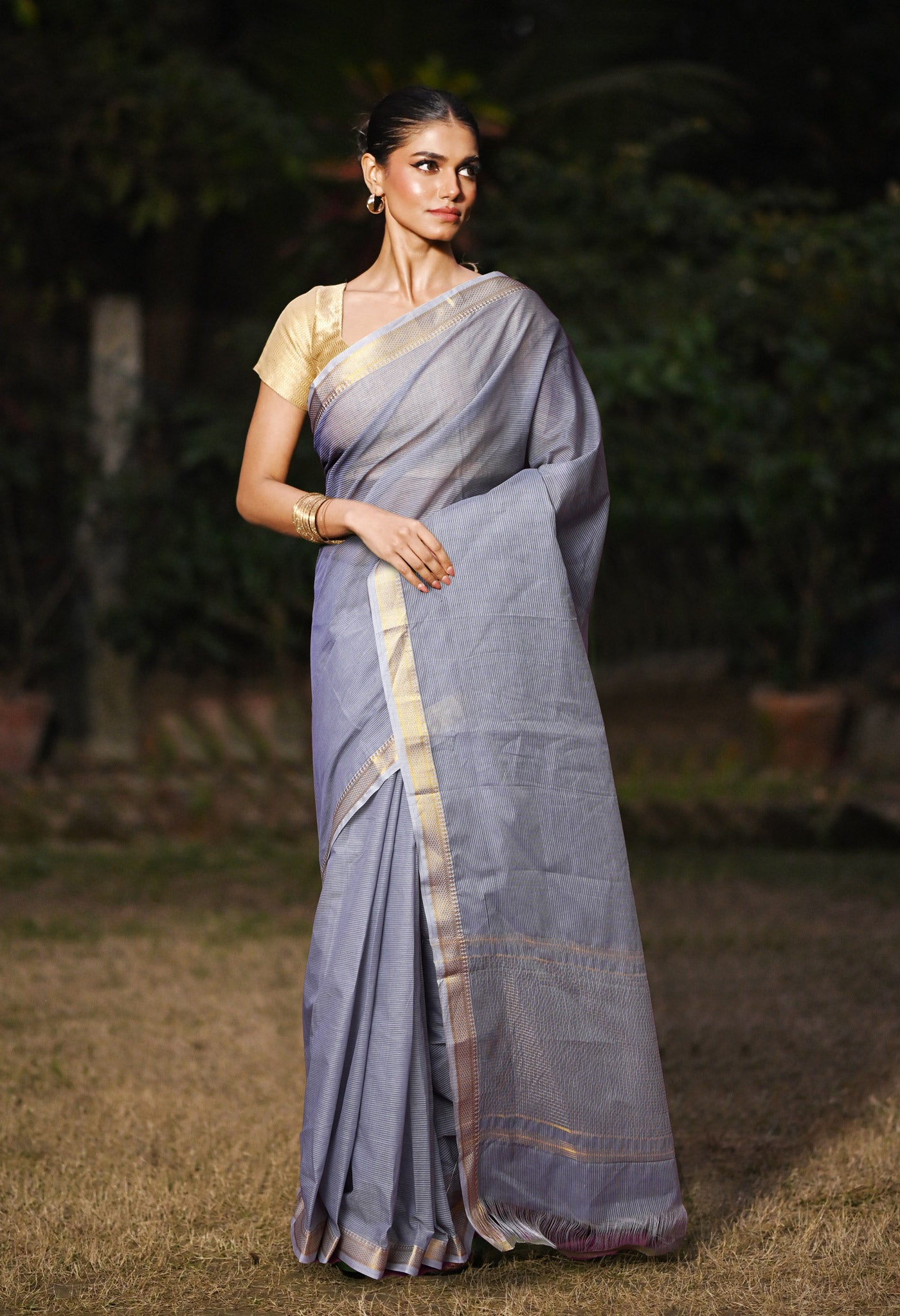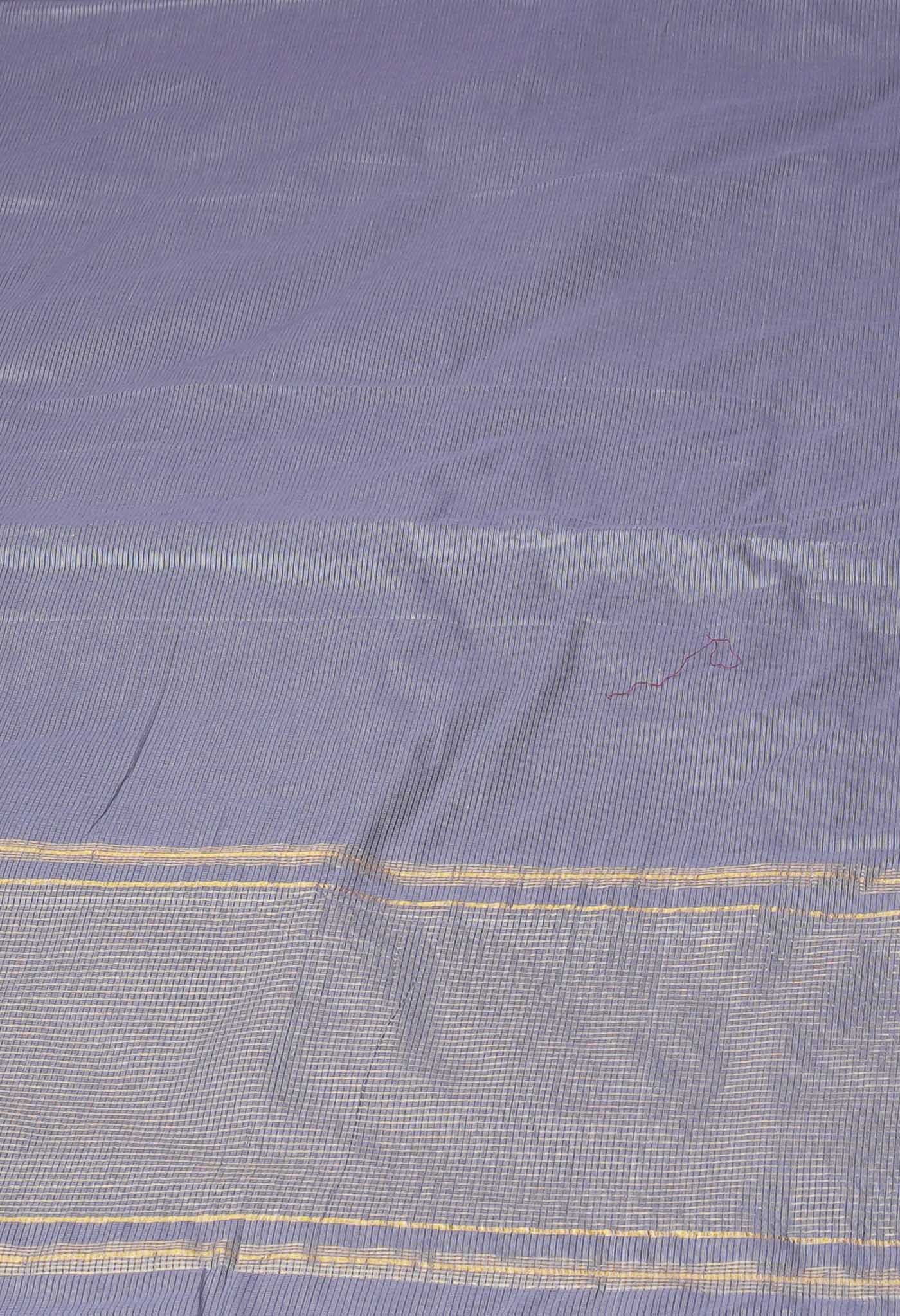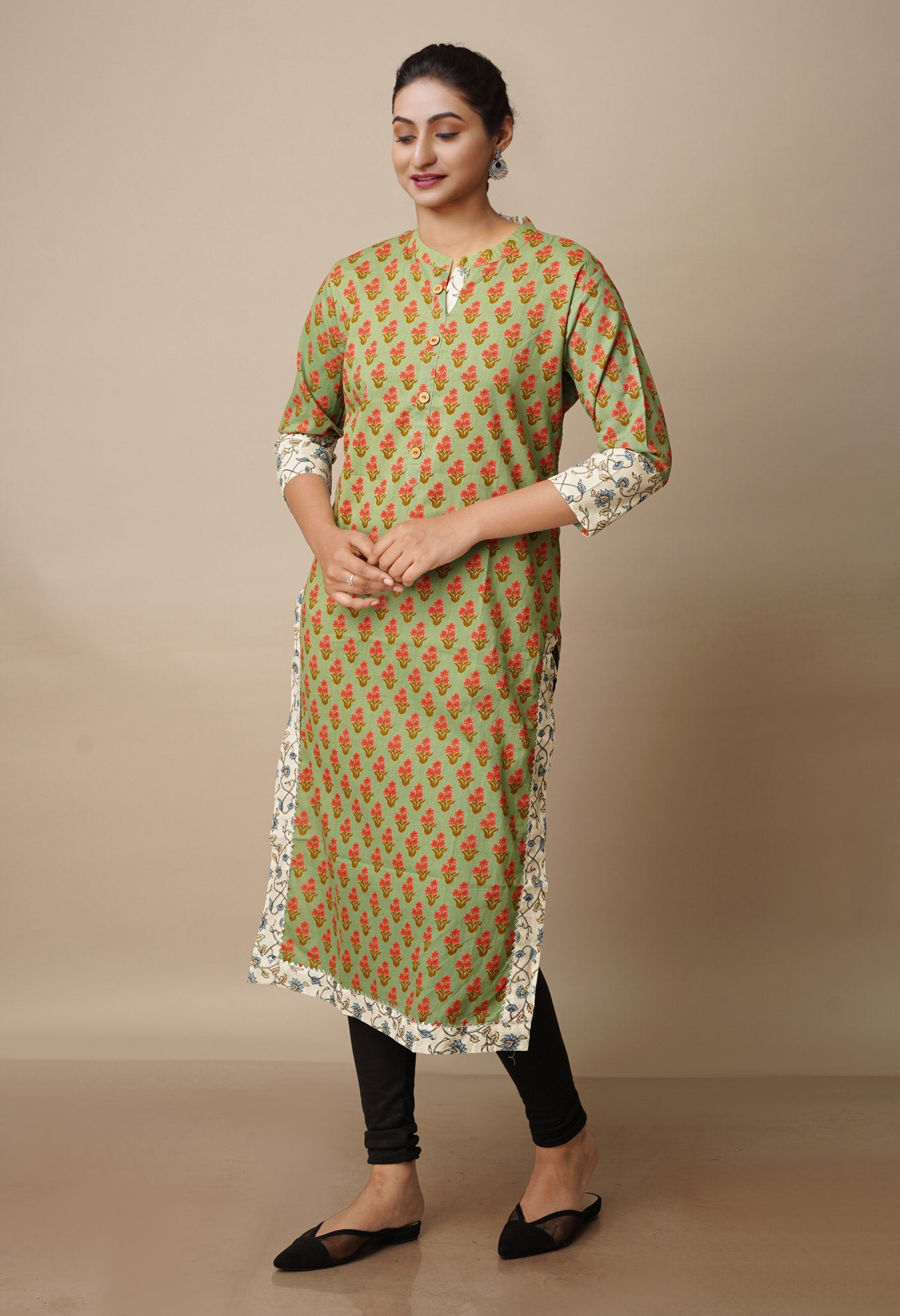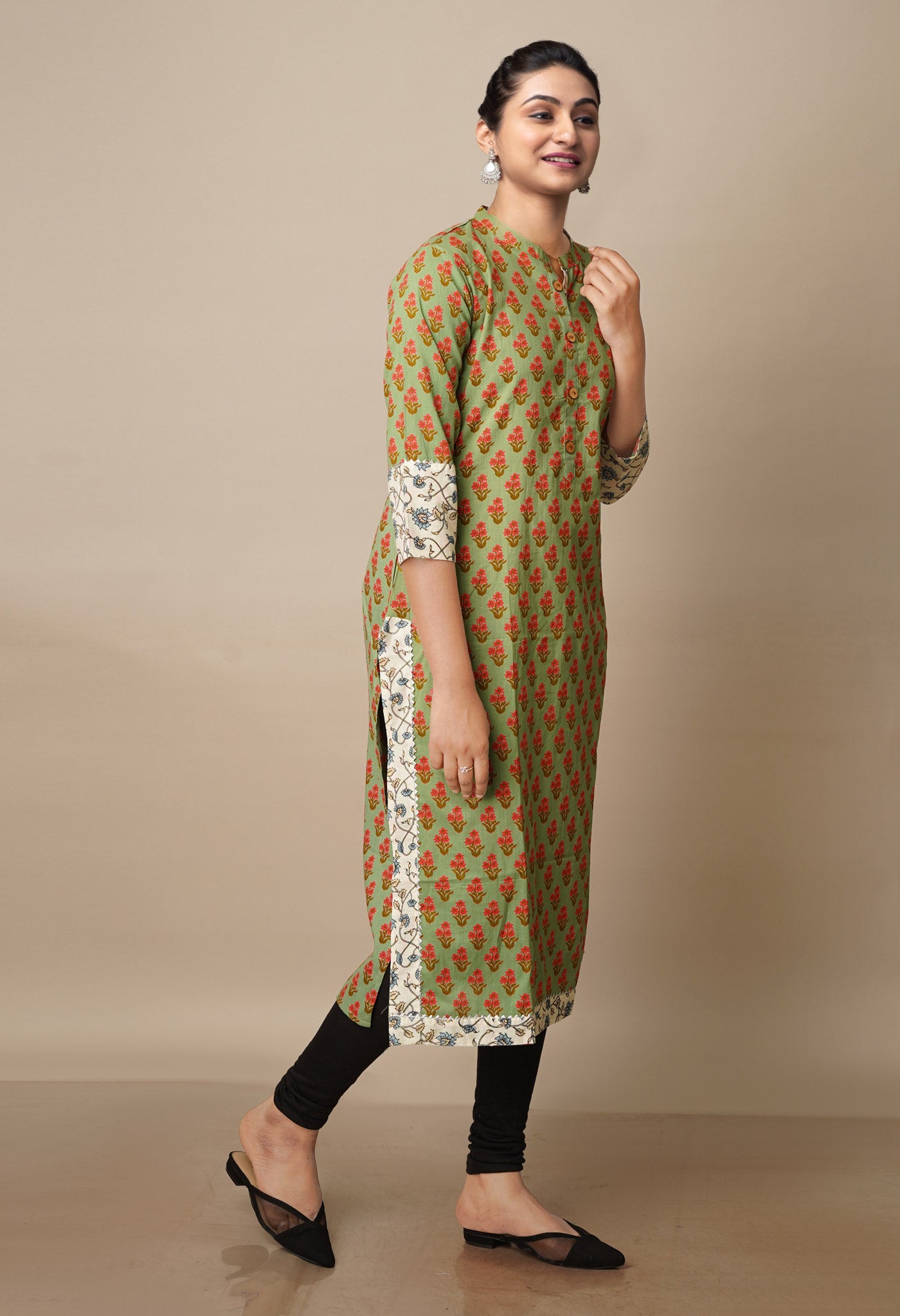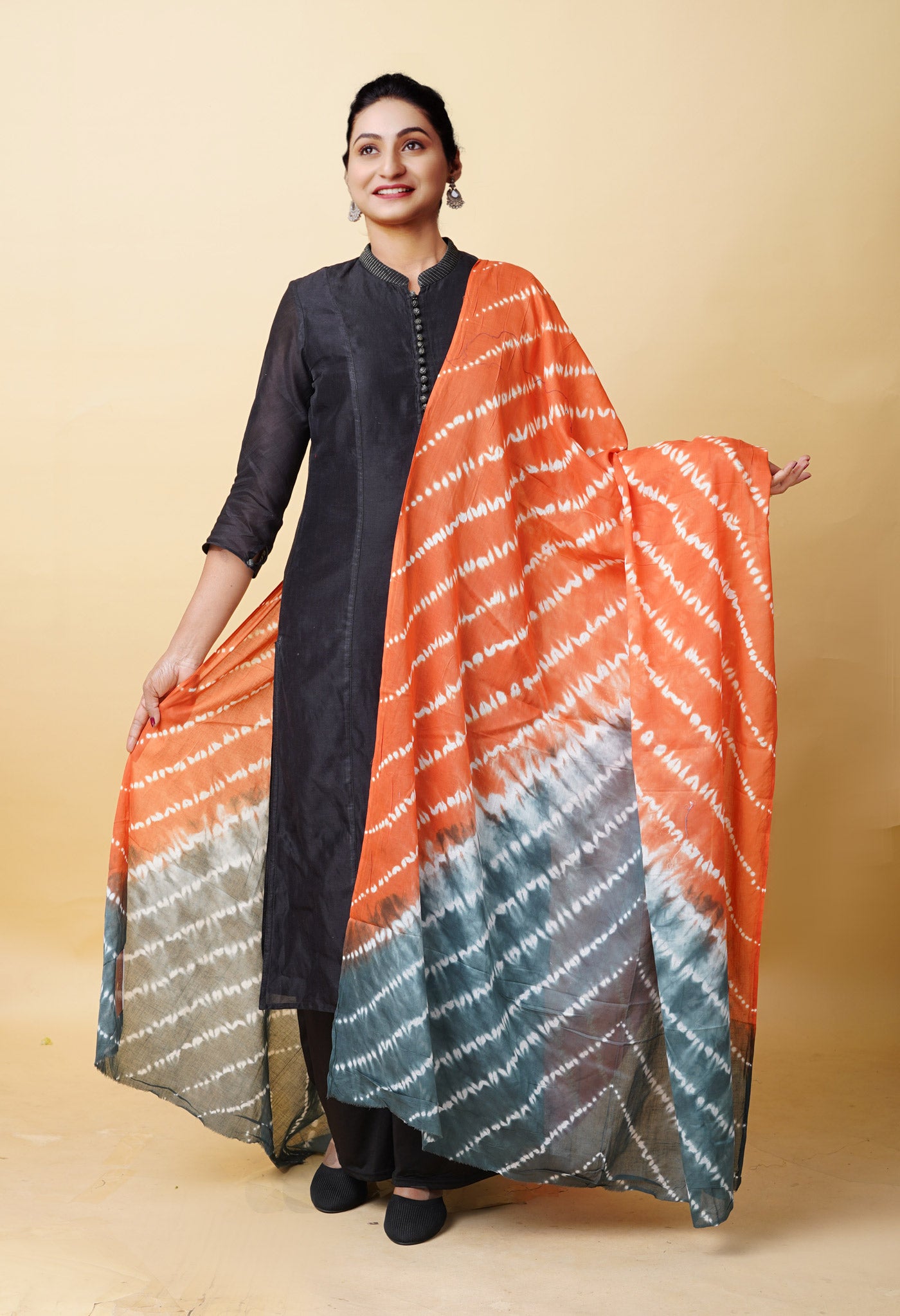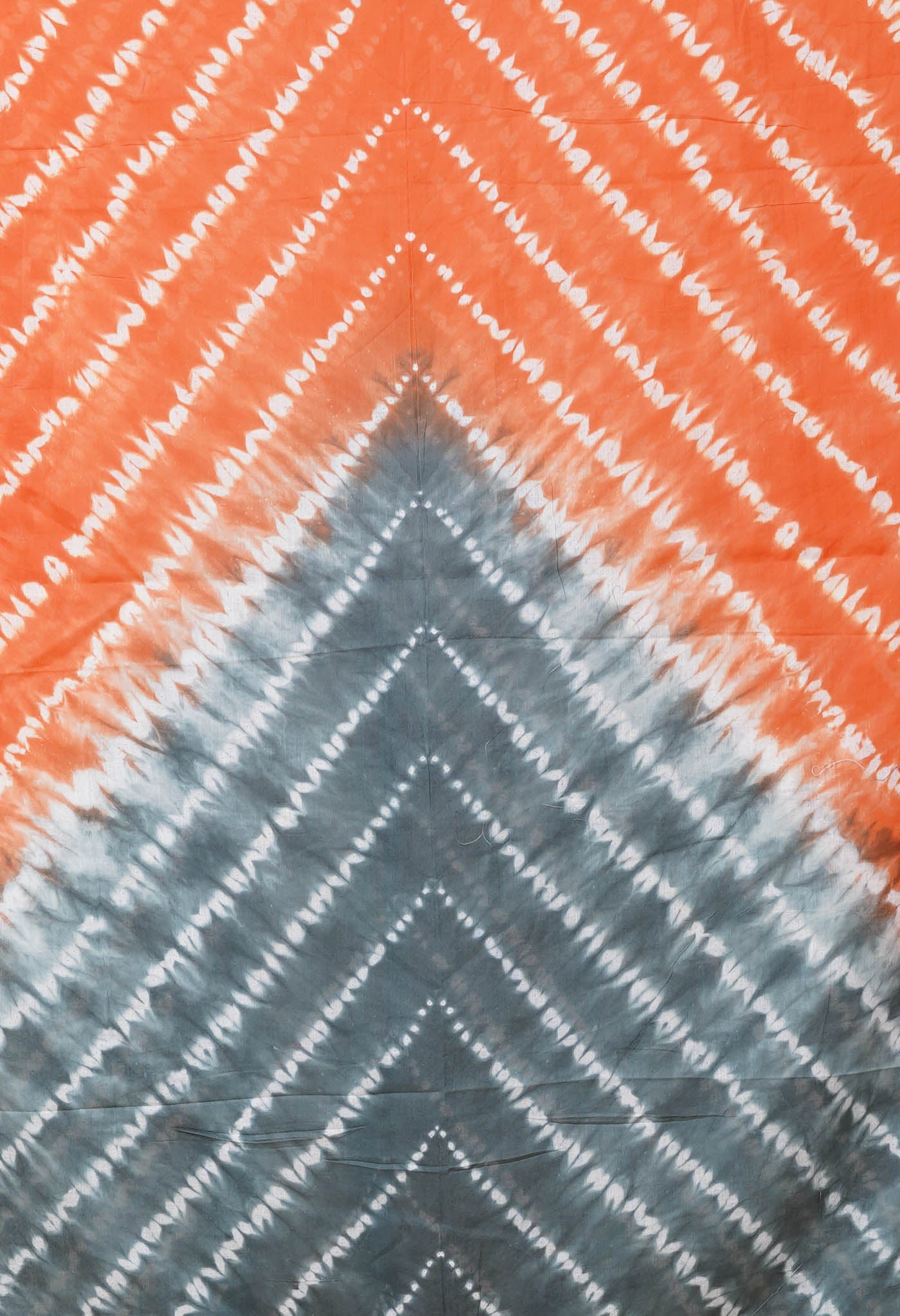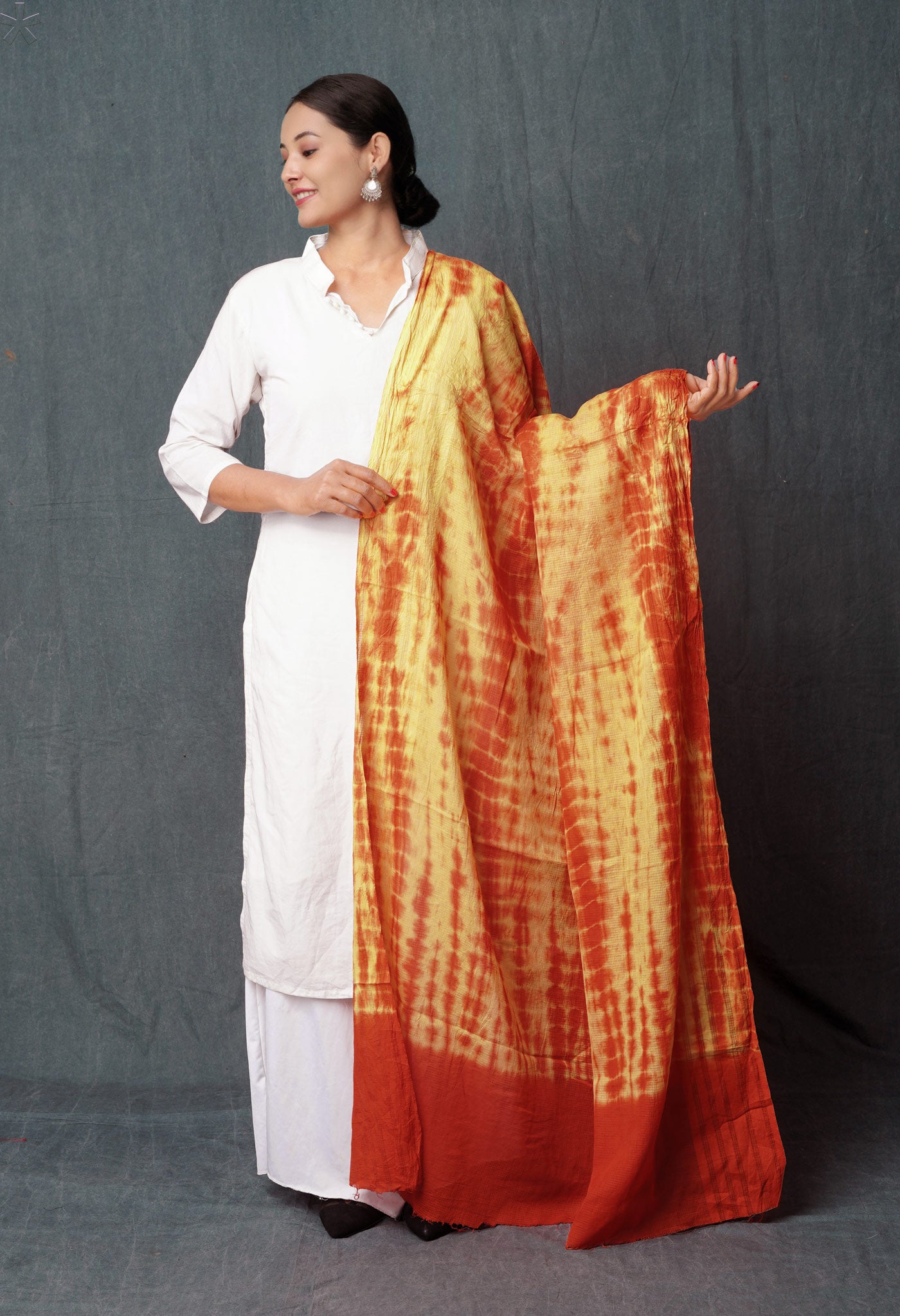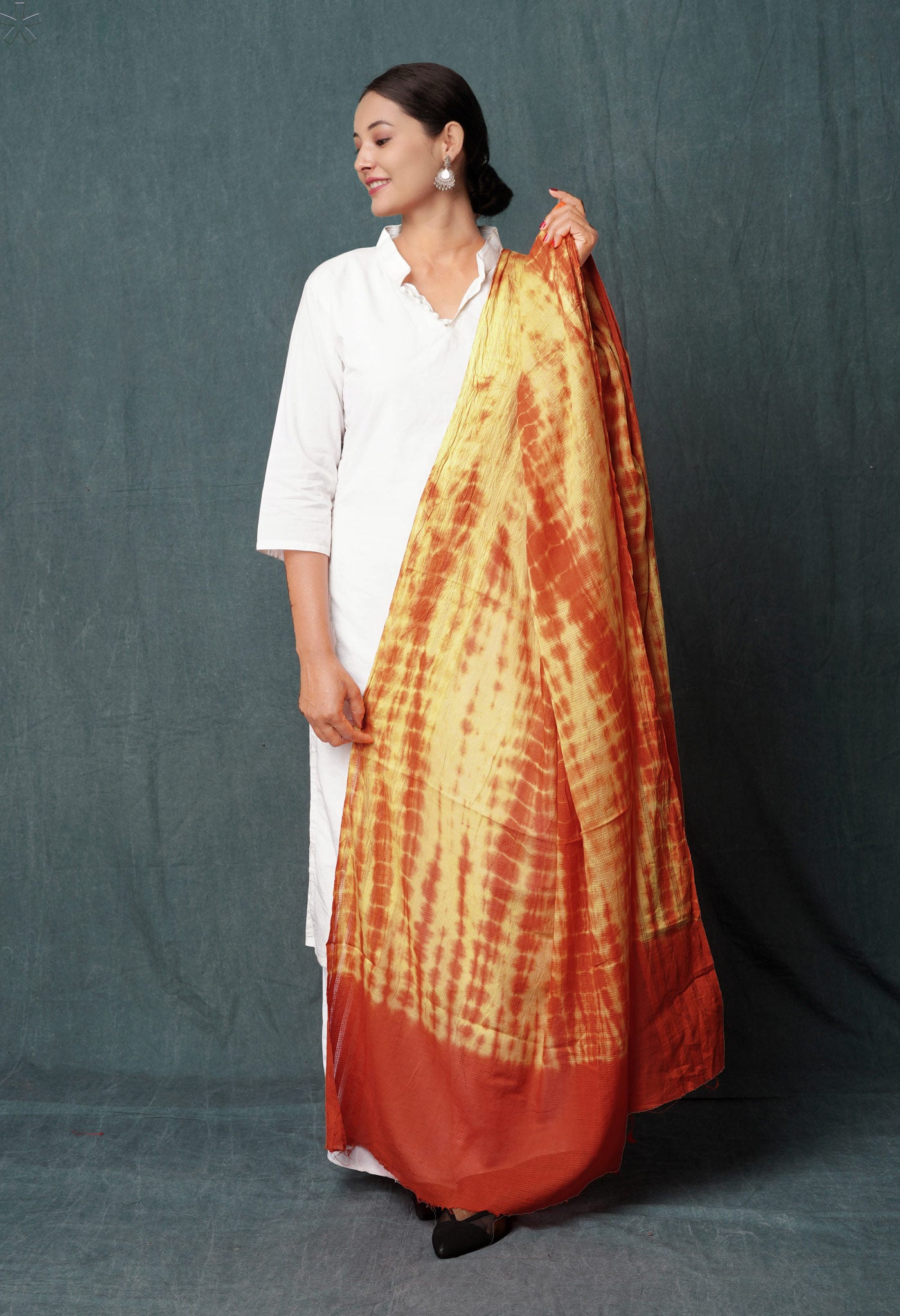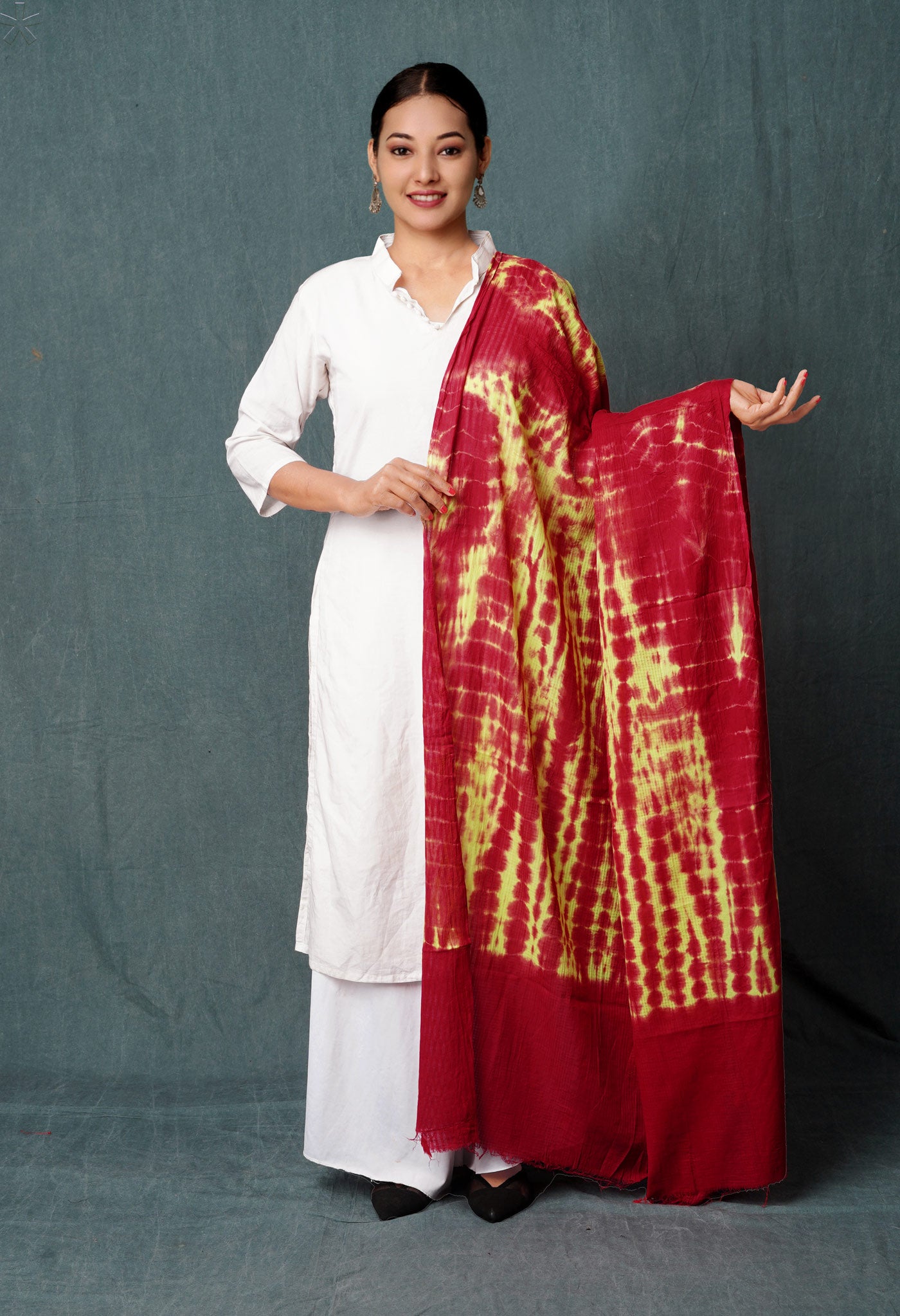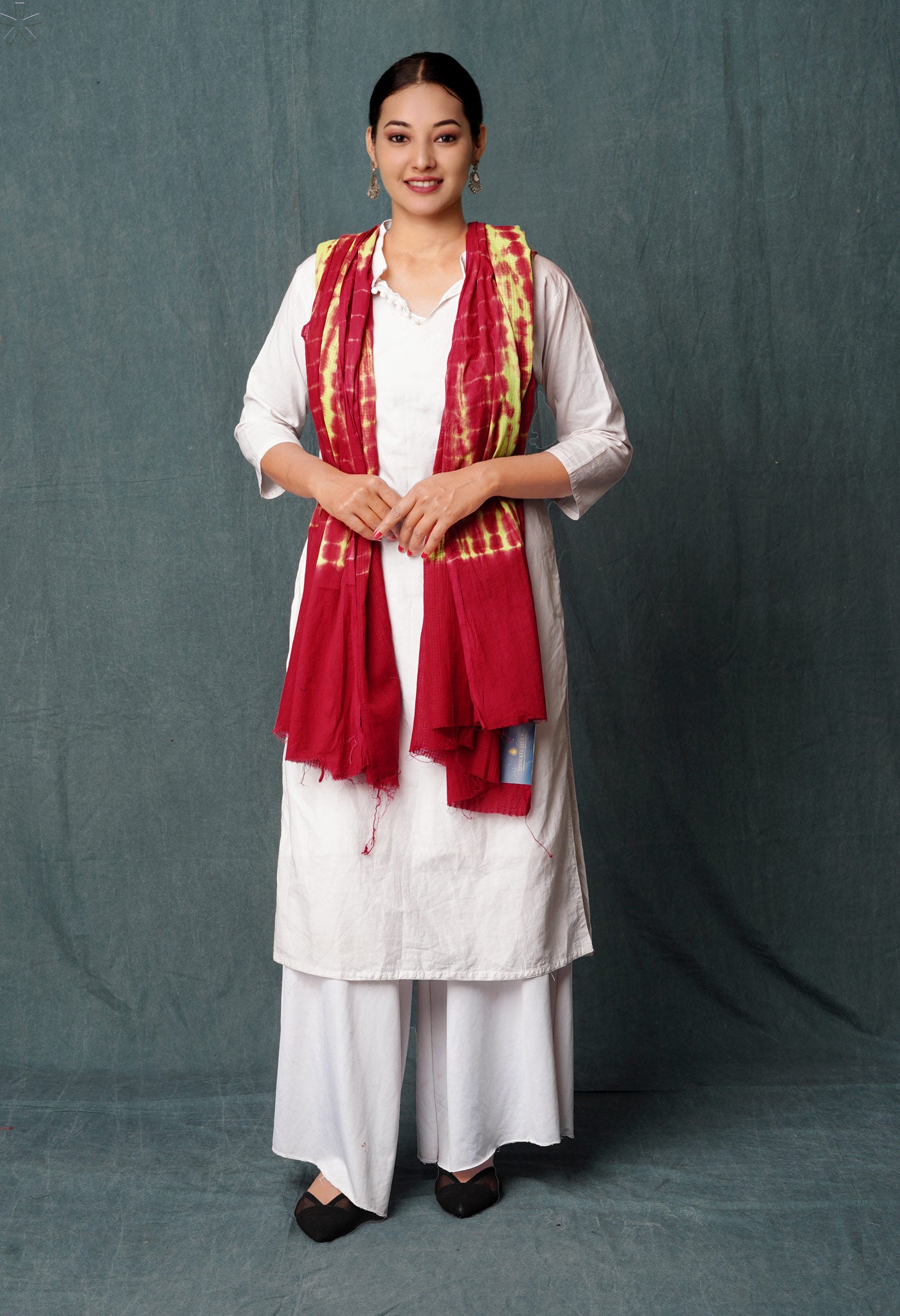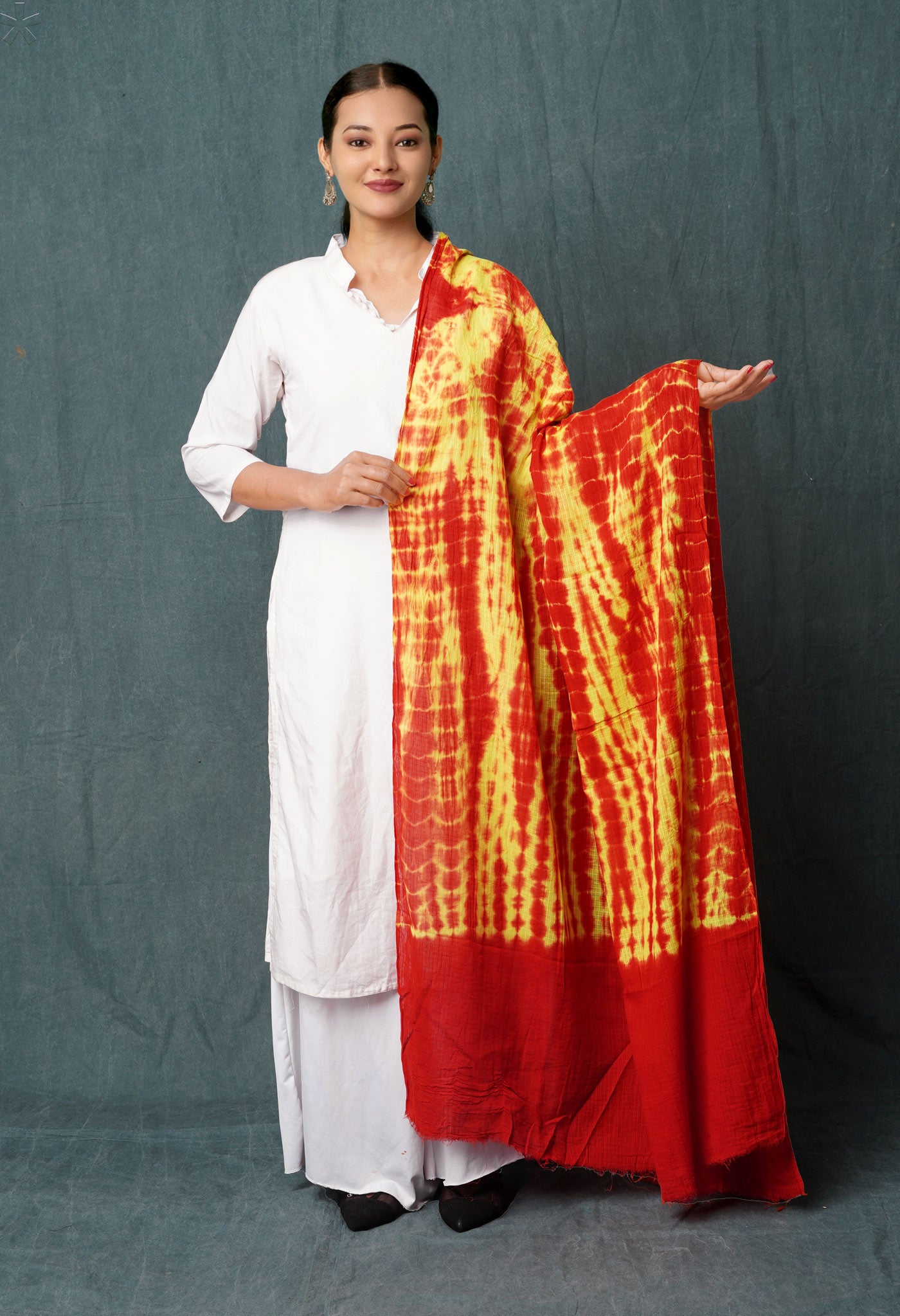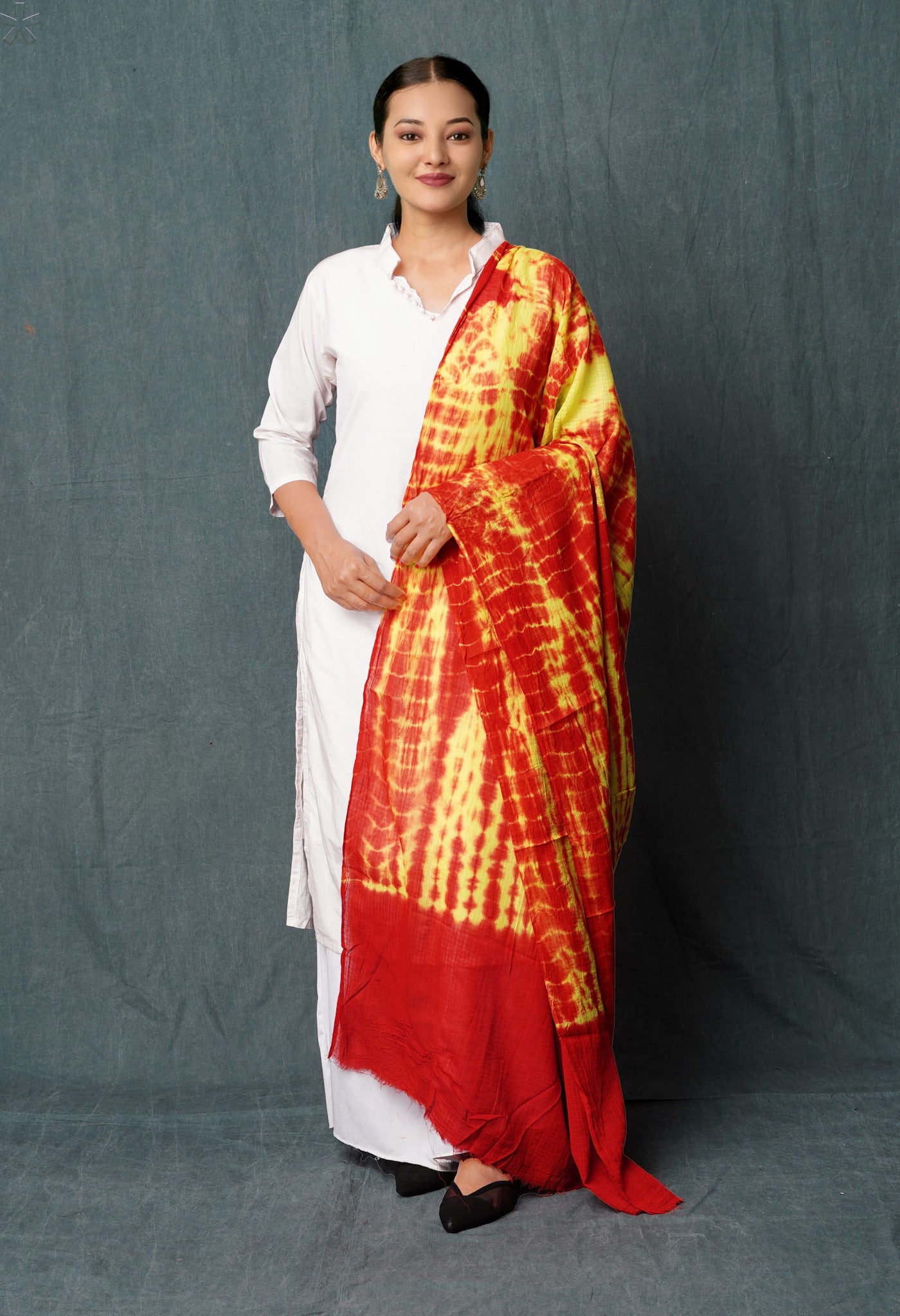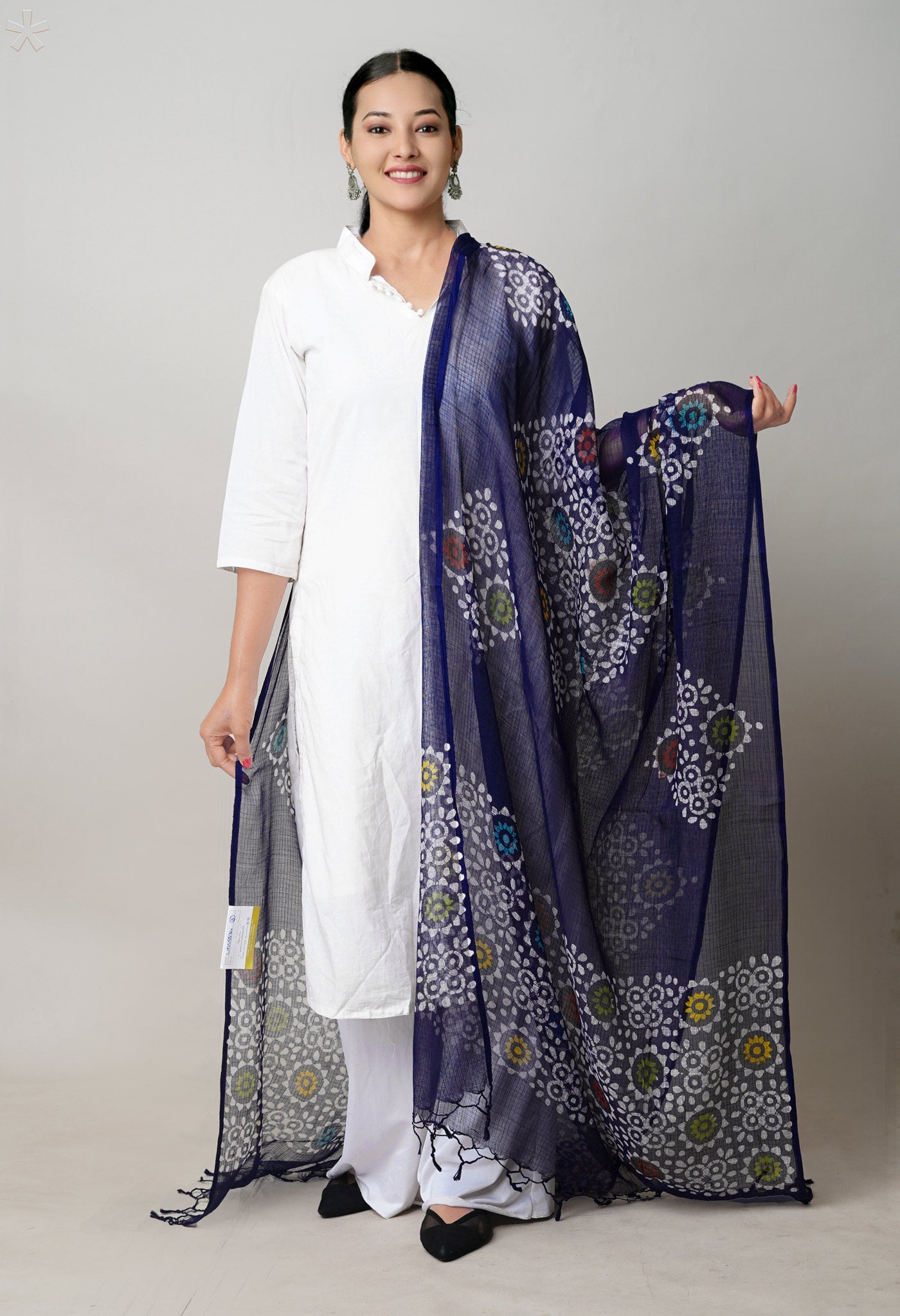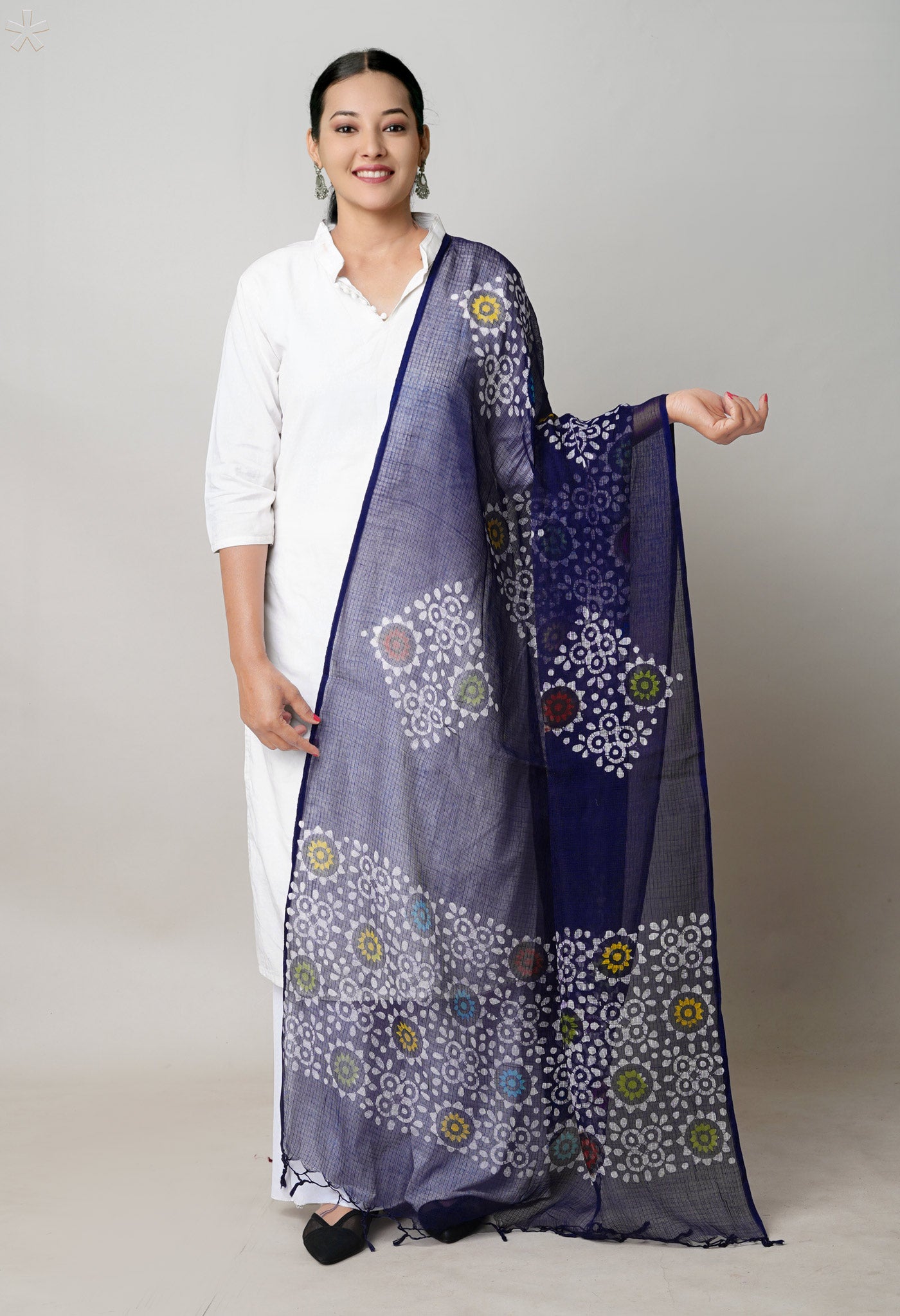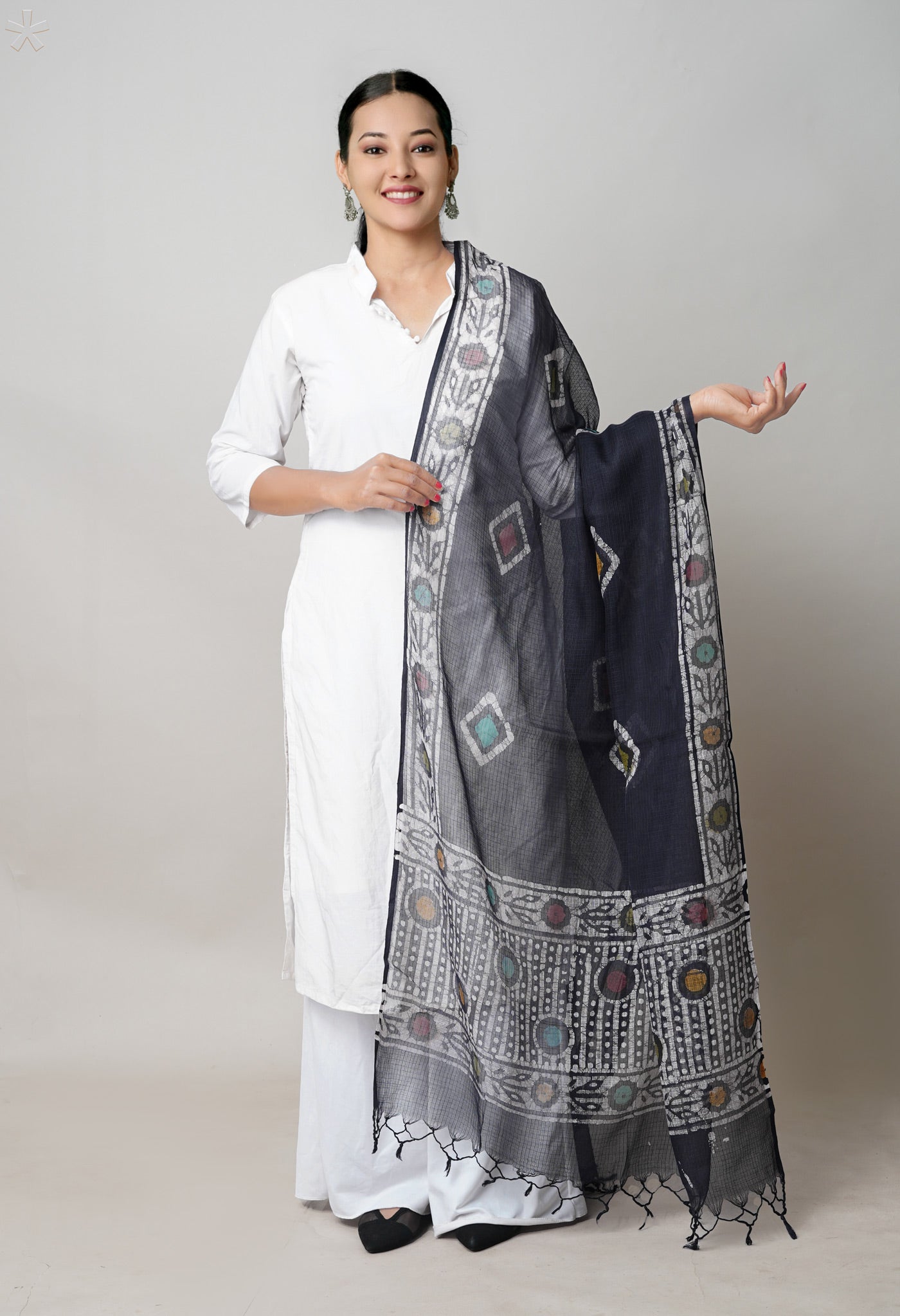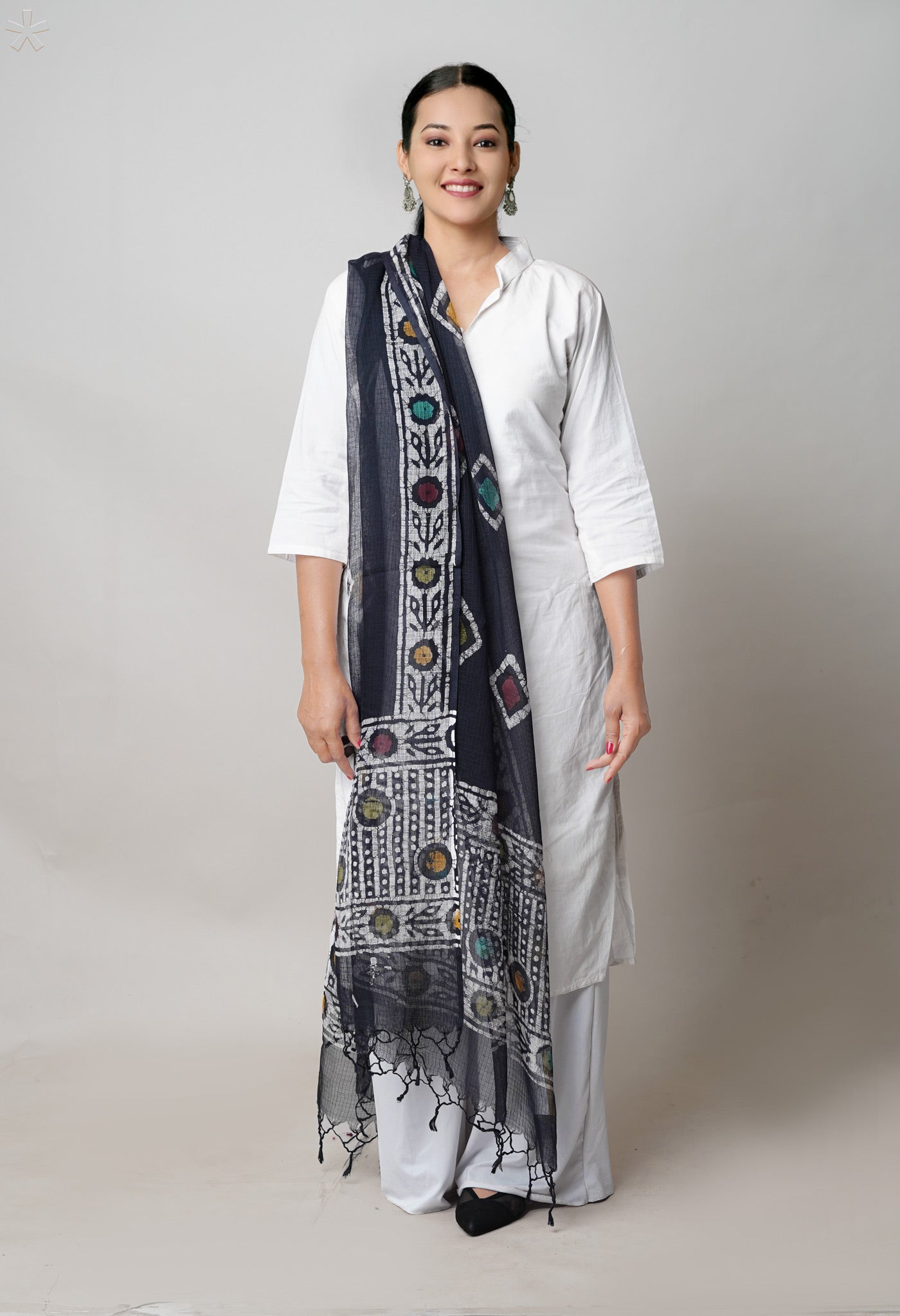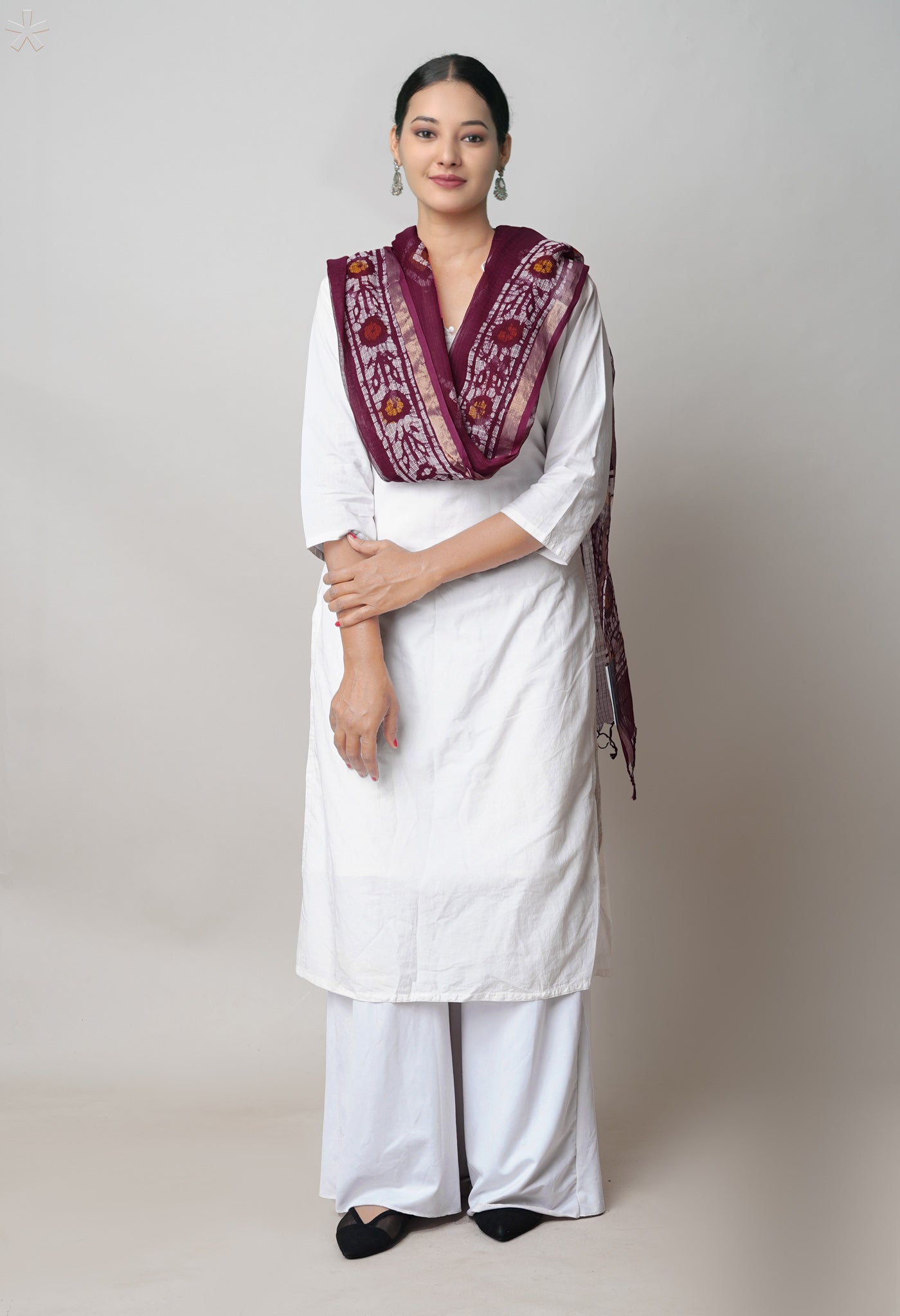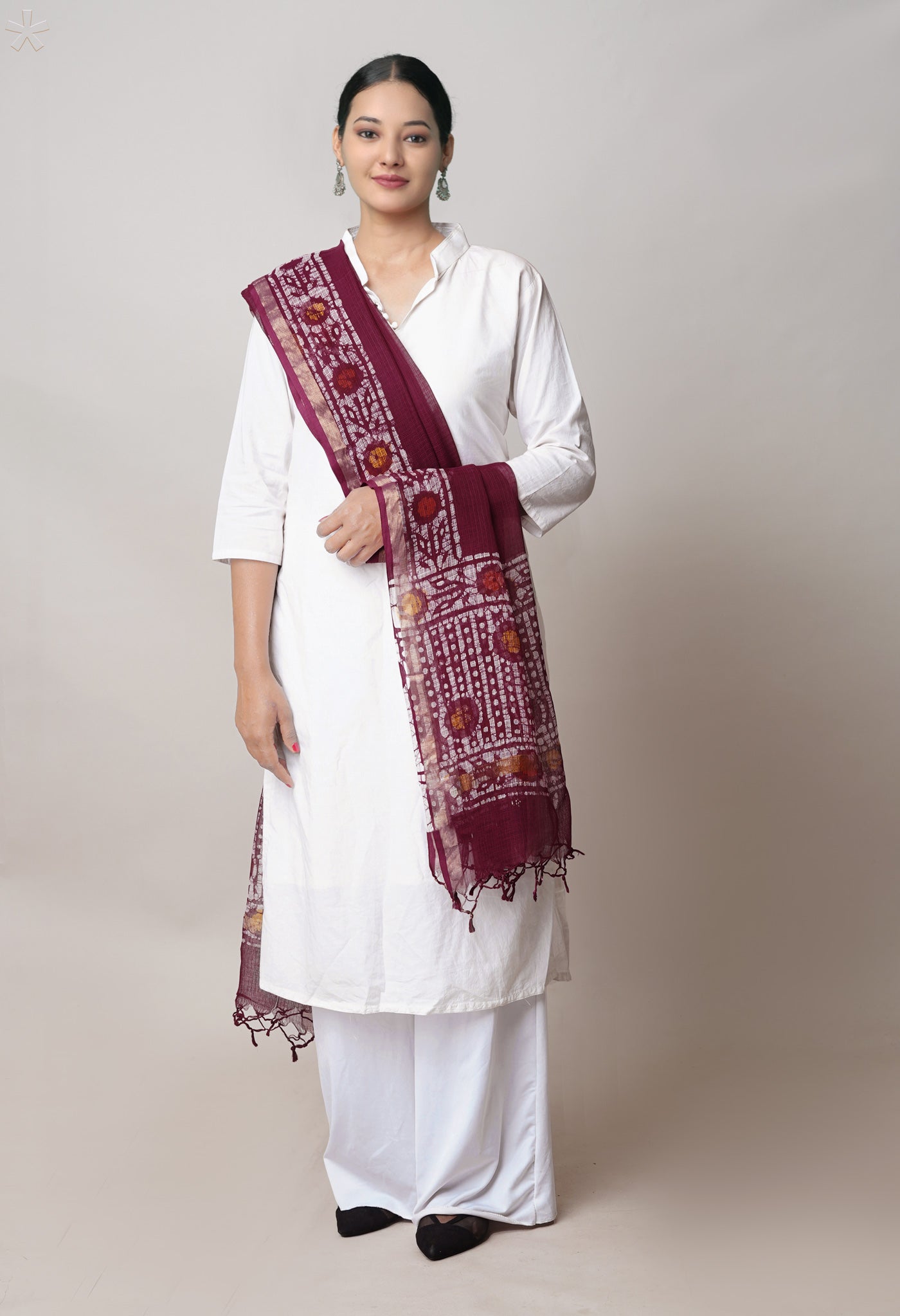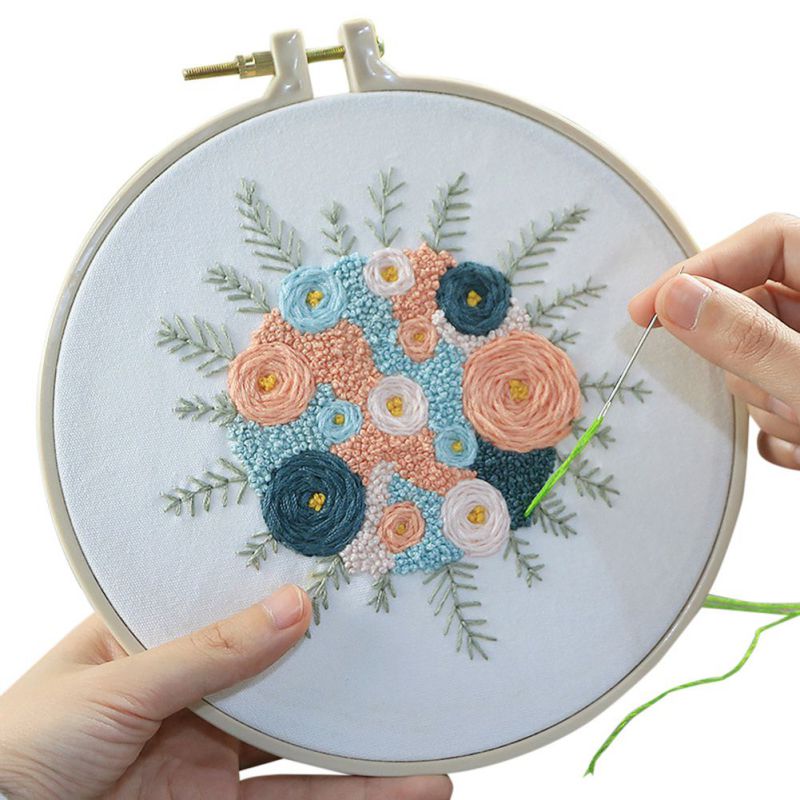
Cross Stitch form of embroidery – artistry through thread work on fabrics
Considered one of the oldest forms of stitches in embroidery, yet fairly intriguing in execution, the cross stitch form of embroidery has always been popular for the manner in which images surface on fabrics.
Let us explore this very popular form of stitch work that is considered both creative and utilitarian.

What is Cross-stitch embroidery?
The cross stitch is a form of sewing in which X-shaped stitches together form a neat tiled, raster like pattern, that appears as an image. Also known as counted thread embroidery in which the fabric threads are counted by the embroiderer before the stitching commences its use on even weave fabric i.e. where the threads of the warp and the weft are of the same size, is an advantage. This creates an image that is symmetrical since the warp and weft threads are evenly spaced. The opposite of counted-thread embroidery is free embroidery.

Counted cross-stitching is reproducing a design from a chart by stitching it (in X shaped stitches) onto a piece of even weave fabric and you make anything from several dozens to many thousands of these stitches to create a picture or pattern on your fabric.. A design chart comprises a grid containing symbols that identify where stitches should be stitched on the fabric. Each different symbol represents a different color thread to be used, as detailed in the chart’s key.
As its name implies, cross-stitch is a double stitch diagonally crossing intersections of the horizontal and vertical threads of the fabric.
Needlepoint or embroidery as we know it
Needlepoint as it is known today can be said to have originated in the 17th century, when the fashion for furniture upholstered with embroidered fabrics prompted the development of a more durable material, canvas, to serve as the foundation for the embroidery.
The basic techniques of embroidery include crewel work, needlepoint, cross-stitch embroidery, and quilting, as well as quillwork and featherwork.

There are more than 150 canvas embroidery stitches, most of which are a variation or combination of the long stitch, covering more than one mesh, or intersection of threads, and the tent stitch, which covers only one.
The degree of detail in needlepoint depends on the thread count of the underlying mesh fabric. Needlepoint worked on fine canvas is known as petit point. Due to the inherent stiffness of needlepoint, common uses include eyeglass cases, holiday ornaments, pillows, purses, upholstery, and wall hangings.

Sewing and stitching was first used so that people could make better clothes. They used stitches to join animal skins together. This developed into ways of strengthening, decorating and repairing their clothes. Cross stitch is one of the oldest embroidery stitches and beautiful examples can be found throughout the world.
The most common form of cross stitch to most people is the sampler. The sampler is a very traditional art form dating back at least 500 years.
What is the cross stitch sampler?
The cross stitch sampler is the initial thread work generally stitched by a young girl or learner who has just begun to learn how to stitch and to record alphabet and other patterns to be used in her household sewing. These samples of her stitching could be referred back to over the years. Often, motifs and initials were stitched on household items to identify their owner, or simply to decorate the otherwise-plain cloth.

What is the material that is used for cross stitch?
Cotton floss is the most common embroidery thread. It is a thread made of mercerized cotton, composed of six strands that are only loosely twisted together and easily separable. Other materials used are pearl cotton, Danish flower thread, silk and Rayon. Different wool threads, metallic threads or other novelty threads are also used, sometimes for the whole work, but often for accents and embellishments. Hand-dyed cross-stitch floss is created just as the name implies—it is dyed by hand. Because of this, there are variations in the amount of color throughout the thread. Some variations can be subtle, while some can be a huge contrast. Some also have more than one color per thread, which in the right project, creates amazing results.

How is cross stitching done?
The one who stitches, counts the threads on a piece of even weave fabric (such as linen) in each direction so that the stitches are of uniform size and appearance. This form of cross-stitch is also called counted cross-stitch in order to distinguish it from other forms of cross-stitch.
Sometimes cross-stitch is done on designs printed on the fabric (stamped cross-stitch); the one who is stitching simply stitches over the printed pattern. Cross-stitch is also executed on easily countable fabric called Aida cloth but the threads are not actually counted.
The Aida cloth – a great help
The Aida fabric is an open, even-weave fabric that is traditionally used for cross stitch embroidery. Made of cotton, this fabric facilitates cross stitching and its characteristic stiffness aids the crafter to stitch directly without the use of the embroidery hoop that is used for soft fabrics.

Manufactured with different size holes between warp and weft, to accommodate the thickness of the yarn they are referred to by ‘count’.e.g. an aida cloth of 10 by 10 would have 10 squares per linear inch. Sizes come as 7, 10,11,12,14,16, 22, 28 etc. indicating the texture from coarse to very fine.
Colors used traditionally are white and ecru. However we also have black, grey, shades of brown, and in the brighter range too.
But what if the fabric was not Aida? Like cotton, silk, linen etc.?
The solution to this was found quite some time back. Cross stitching could be done on even weave fabrics. All cross stitch fabrics are technically ‘even weave’ fabrics, the term that applies to weaves that have the same number of threads in an inch in left to right and top to bottom. Known as ‘count’, the number varies from 11 to 40. Cross-stitch projects are worked from a grid pattern that can be used on any count fabric. There are different methods of stitching a pattern, including the cross-country method where one colour is stitched at a time, or the parking method where one block of fabric is stitched at a time and the end of the thread is "parked" at the next point the same colour occurs in the pattern. Cross-stitch is the oldest form of embroidery and can be found all over the world.

Where all could one hope to find the cross stitch?
Traditionally, cross-stitch was used to decorate items like household linens, tablecloths, dishcloths, and doilies. A doily is an ornamental mat, typically made of paper or fabric, and variously used for protecting surfaces or binding flowers, in food service presentation, or as a head covering or clothing ornamentation. It is characterized by openwork, which allows the surface of the underlying object to show through. Only a small portion of which would actually be embroidered, such as a border. Although there are many cross-stitchers who still employ it in this fashion, it is now increasingly popular to work the pattern on pieces of fabric and hang them on the wall for decoration. Cross-stitch is also often used to make greeting cards, pillowtops, or as inserts for box tops, coasters and trivets.
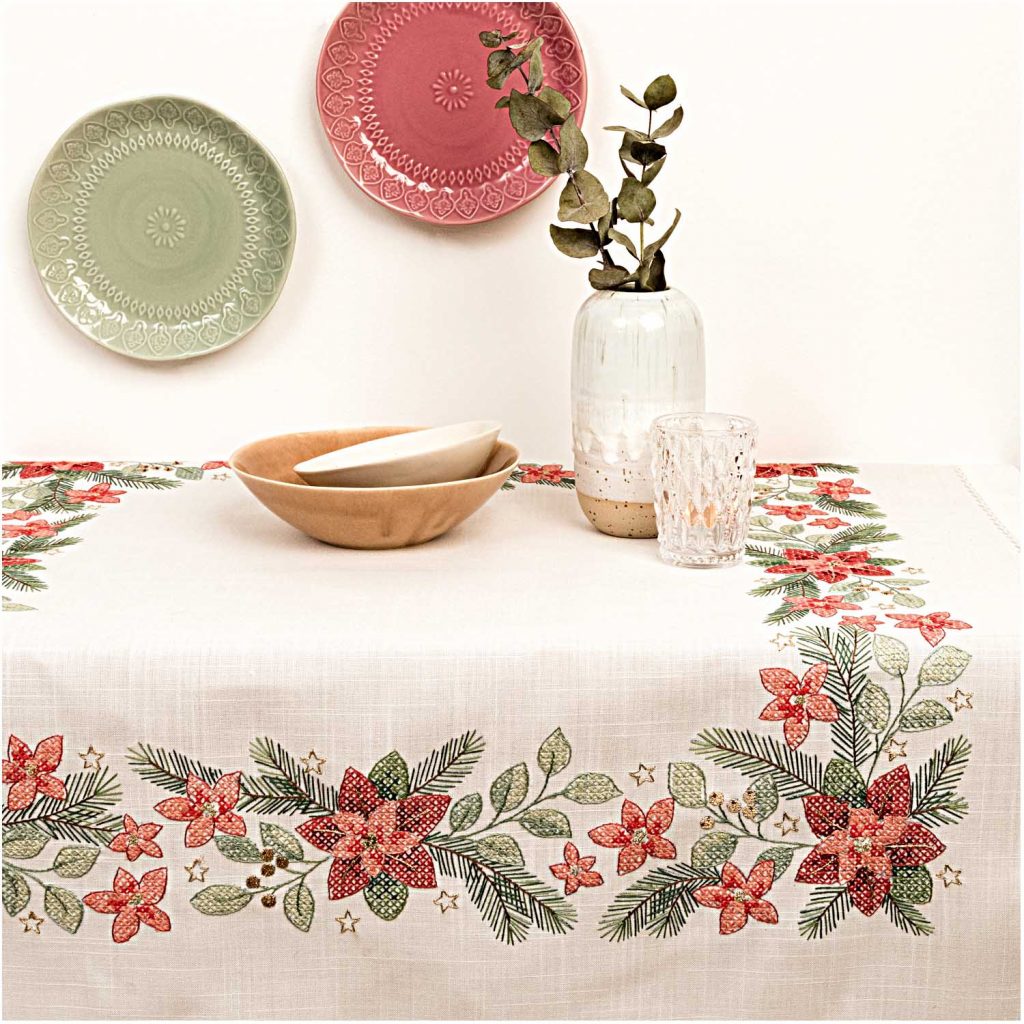
Multicoloured, shaded, painting-like patterns as we know them today are a fairly modern development, deriving from similar shaded patterns. Besides designs created expressly for cross-stitch, there are software programs that convert a photograph or a fine art image into a chart suitable for stitching.
What are the other forms of stitches that are used with the cross stitch?
Other stitches are also often used in cross-stitch, among them ¼, ½, and ¾ stitches and backstitches.
Different forms of cross stitch.
A specialized historical form of embroidery using cross-stitch is Assisi embroidery.
There are many stitches which are related to cross-stitch and were used in similar ways in earlier times. The best known are Italian cross-stitch, Celtic Cross Stitch, Irish Cross Stitch, long-armed cross-stitch, Ukrainian cross-stitch and Montenegrin stitch. Italian cross-stitch and Montenegrin stitch are reversible, meaning the work looks the same on both sides. These styles have a slightly different look than ordinary cross-stitch. These more difficult stitches are rarely used in mainstream embroidery, but they are still used to recreate historical pieces of embroidery or by the creative and adventurous stitcher.

The double cross-stitch, also known as a Leviathan stitch or Smyrna cross-stitch, combines a cross-stitch with an upright cross-stitch.
Berlin wool work and similar petit point stitchery resembles the heavily shaded, opulent styles of cross-stitch, and sometimes also used charted patterns on paper.
Tracing the history of the cross stitch
The cross stitch has been in existence since ancient times. The earliest example of a cross stitch was discovered in a tomb in Egypt that dated back to 500 AD. Fragments of cloth dating from between 5,000 BC and 500 AD have been excavated from tombs and monuments in South America, Egypt and China, and these show crude examples of darning, half cross stitch and satin stitch. Many of the fragments are made of linen, the regular warp and weft of this fabric, one of the oldest of all woven materials, provided the basis for the development of counted thread stitches.

However there is not much accurate information to pinpoint the exact origins of cross stitch embroidery. Some historians have suggested that the craftsmanship of the Chinese since this type of embroidery is known to have flourished during the T’ang Dynasty between 618AD and 906AD and a strong rural tradition of counted cross stitch still existed there during the early twentieth century.
The motifs
It is fascinating to see the same motifs occurring in the traditional peasant embroideries of countries of far-flung areas across the world. There are similar cross stitch shapes, including eight-pointed star, heart, flower and bird motifs, with their local and regional variations and as each basic shape is translated to fit the grid of the fabric in a slightly different way.

The evolvement of the cross stitch
One of the most important and widespread functions of cross stitch has been to ornament peasant garments and household linens, often as a way of indicating family wealth and status in the community.
Peasant embroidery is a purely domestic skill which is passed down through the generations from mother to daughter. The stitches are simple to work and the fabric readily available - usually regularly woven linen, sometimes cotton. Colours were often limited to two or three, but these would be brilliantly dyed and often accentuated by dark brown or black outlines.

In rural areas of western China, cross stitch was nearly always worked in indigo blue thread on coarse white cotton fabric. Peasant embroideries stitched in just one or two colours are perhaps the most striking of all and show off a complicated design to best advantage.
Single motifs are uncommon in peasant embroidery; instead the motifs are usually repeated to form straight bands, which are then arranged above one another. Traditional Greek Island designs can have as many as six or seven different bands put together to form an intricate border, which is usually finished with a pattern that creates a broken outer edge.
In India, where it is unusual to find an even weave fabric, cross stitch embroidery is worked on plain weave fabric, with the designs spaced out by eye rather than by counting threads. Cross stitch is found on many types of Indian embroidery, often in combination with beads, sequins and tiny metal embellishments. It decorates colourful garments, bags, animal trappings and furnishings, both large and small. One of the most highly decorated items is the toran, a colourful embroidered frieze with a row of pointed pendants along the lower edge, which hangs over a doorway or window for a festive occasion.

There is also a rich tradition of cross stitch embroidery amongst the hill tribes of northern Thailand, particularly the Hmong people, who work geometric cross stitch designs on their garments using brightly coloured thread. Jacket collars, sashes from festive aprons, bodice fronts and bags are all heavily embroidered.
(756–1492), blackwork was popular – this technique is thought to have influenced the development of cross stitch. Blackwork featured geometric designs on white linen, using the wool from black sheep, and it is believed to have been brought to England in the sixteenth century by Catherine of Aragon, the Spanish first wife of Henry VIII.
The rise in Samplers
Stitchers who liked to keep their initial work for future reference would record samples of their favourite stitches and patterns on long strips of narrow cloth, hence the name ‘sampler’. These were for themselves as ‘family assets’ where the intricate stitch would be worked next to the stages used to compose the stitch.

When in the 16th century printed embroidery patterns were introduced they were only drawn designs as outlines but not on a grid. It was only at the beginning of the 19th century that a print seller in Berlin introduced blocked and coloured patterns on a square grid where each square represented a stitch. The techniques for producing coloured and grid incorporated designs that had been used by weavers of textiles but never for embroidery. The embroidery patterns were now made from copperplate prints and then hand painted. The technique consisted of four steps.
- 1). A master copy of a design was made on paper.
- 2). A copperplate was engraved with faint symbols in each square indicating the color.
- 3). The design was printed.
- 4). Colorists painted each square with the indicated color using a tiny square-tipped brush.
This revolutionized creating designs that could be reproduced easily on even weave fabrics and the cross stitch popularity received a boost.
The rising popularity of the cross stitch
Cross-stitch has become increasingly popular with the younger generation in recent years. Knitting and cross-stitching have become more popular hobbies for a youthful market, in contrast to its earlier perception a being a hobby for retirees.

In a departure from the traditional designs associated with cross-stitch, there is a new wave of current trendy designs featuring retro images or contemporary sayings. It is more in line with the current generation’s attitude and adaptability to life but where the mood is upbeat for all since it is the challenge of the task that gains the upper hand.
Technology has ushered in changes as well. Stitching designs on other materials can be accomplished by using a Waste Canvas. The waste canvas is a temporary gridded canvas akin to the regularly used canvas for embroidery that is held together by a water-soluble glue, which can be removed after completion of the stitch design. Other novel ideas for grids include old kitchen strainers or chain-link fences.
 Growth in popularity of the Cross Stitch
Growth in popularity of the Cross StitchDuring the latter half of the 19th century, patterns became more realistic but more complicated. It was at this time that the cross stitched landscapes appeared on the scene. All that was required was a colorful graph to create the cross stitched image. So because of the ease of creating graphical images, many women from all walks of life, took interest right since their school days and continued their passion further later on in their lives.

It was a brief period when due Berlin wool work became an overnight craze and lasted a small while, that there was a slight decline in the interest but since then the like for the cross stitch has never really waned.
During the turn of the last century, hand embroidery became a popular leisure pastime for many women and this hobby occupied many hours of spare time in the days before television went commercial. Various types of embroidery were worked, including cutwork, crewel embroidery and needlepoint, but one of the most popular techniques, particularly during the nineteen twenties, thirties and forties, was cross stitch. In the UK the popularity raged even more and when the pre-stamped cross stitch kits, it was extremely simple: crosses were printed onto the fabric, and then stitched over.
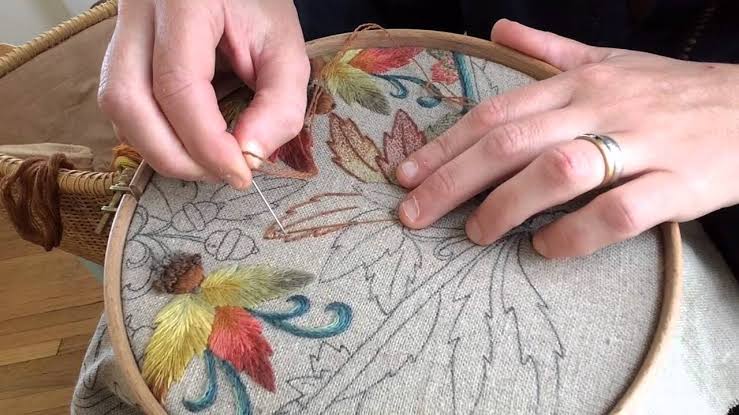
Transfers for cross stitch and other techniques could also be purchased separately and they were often given away in the leading women’s magazines of the day with the design outlines printed on the paper. So all that had to be done was transferring the design to the fabric by pressing with a hot iron and transfers could, be used more than once. After the embroidery was finished, the item was washed to remove all traces of the ink from the fabric.

Cross stitch resurged again in the 1980s with new and fresh designs and the trend has stayed since. Embroidery stitches now come in an extremely wide variety from the non decorative to the most imaginative decorative of sorts that is typically done with a fine thread of cotton, wool, linen or silk.

